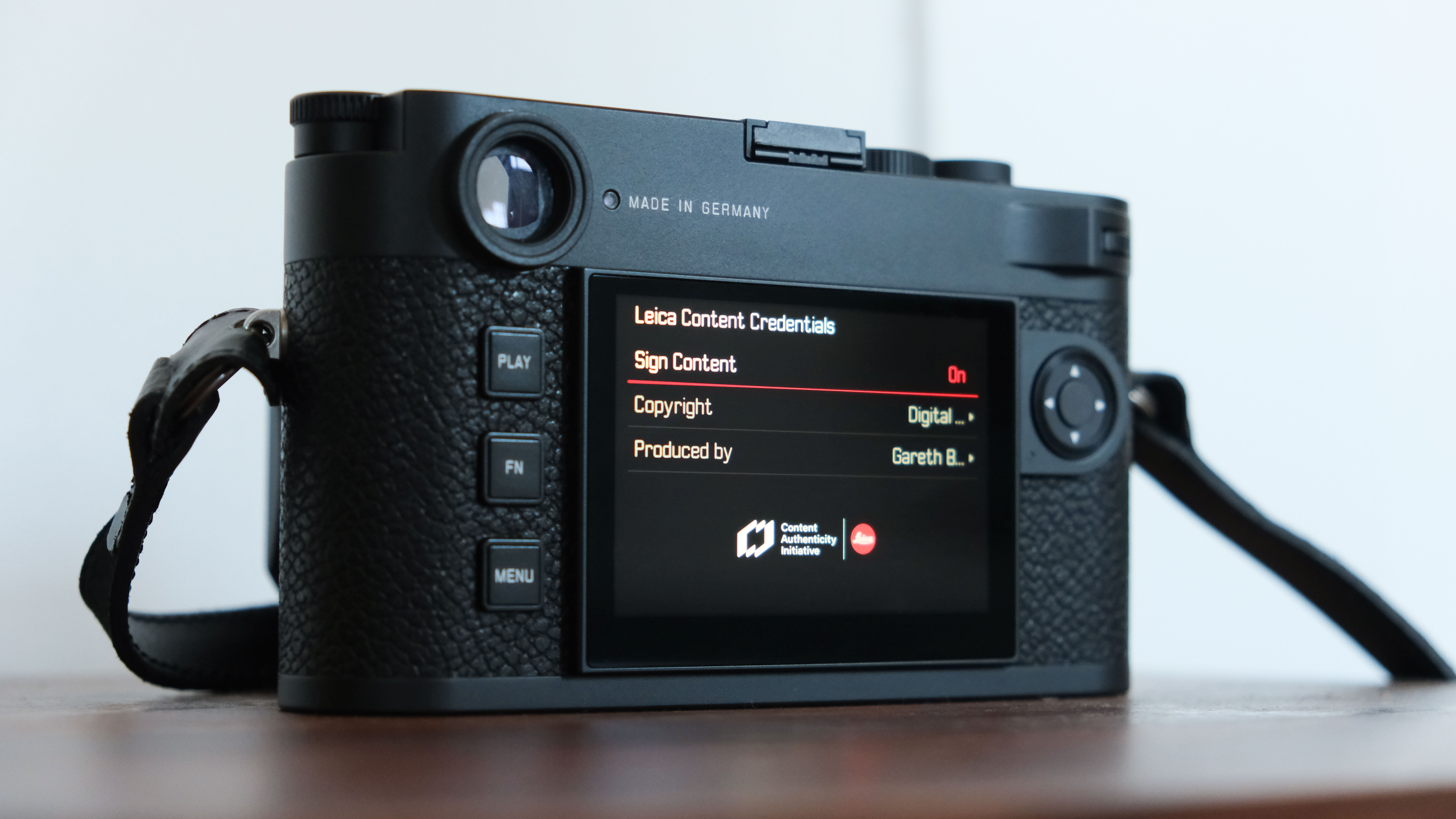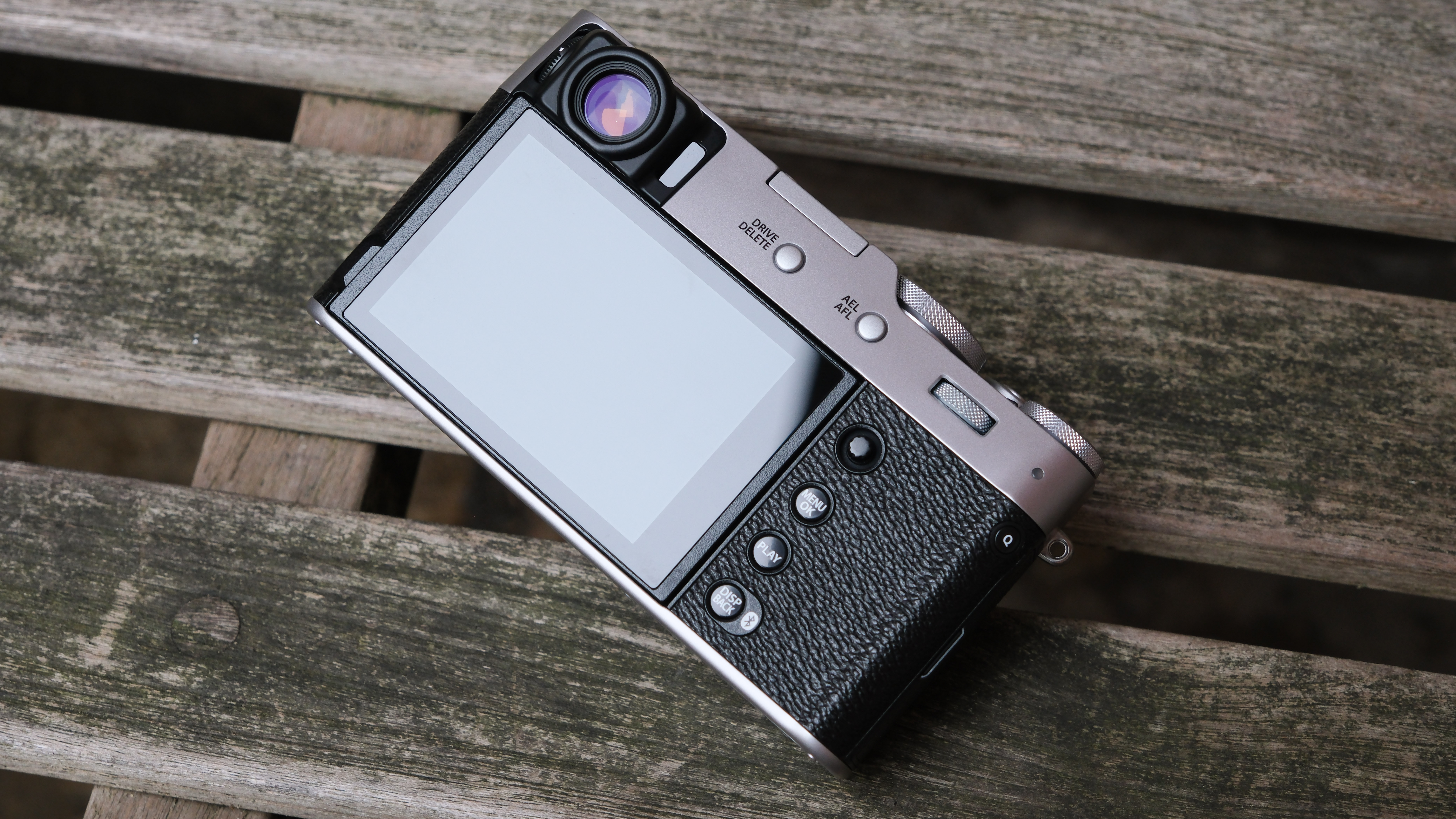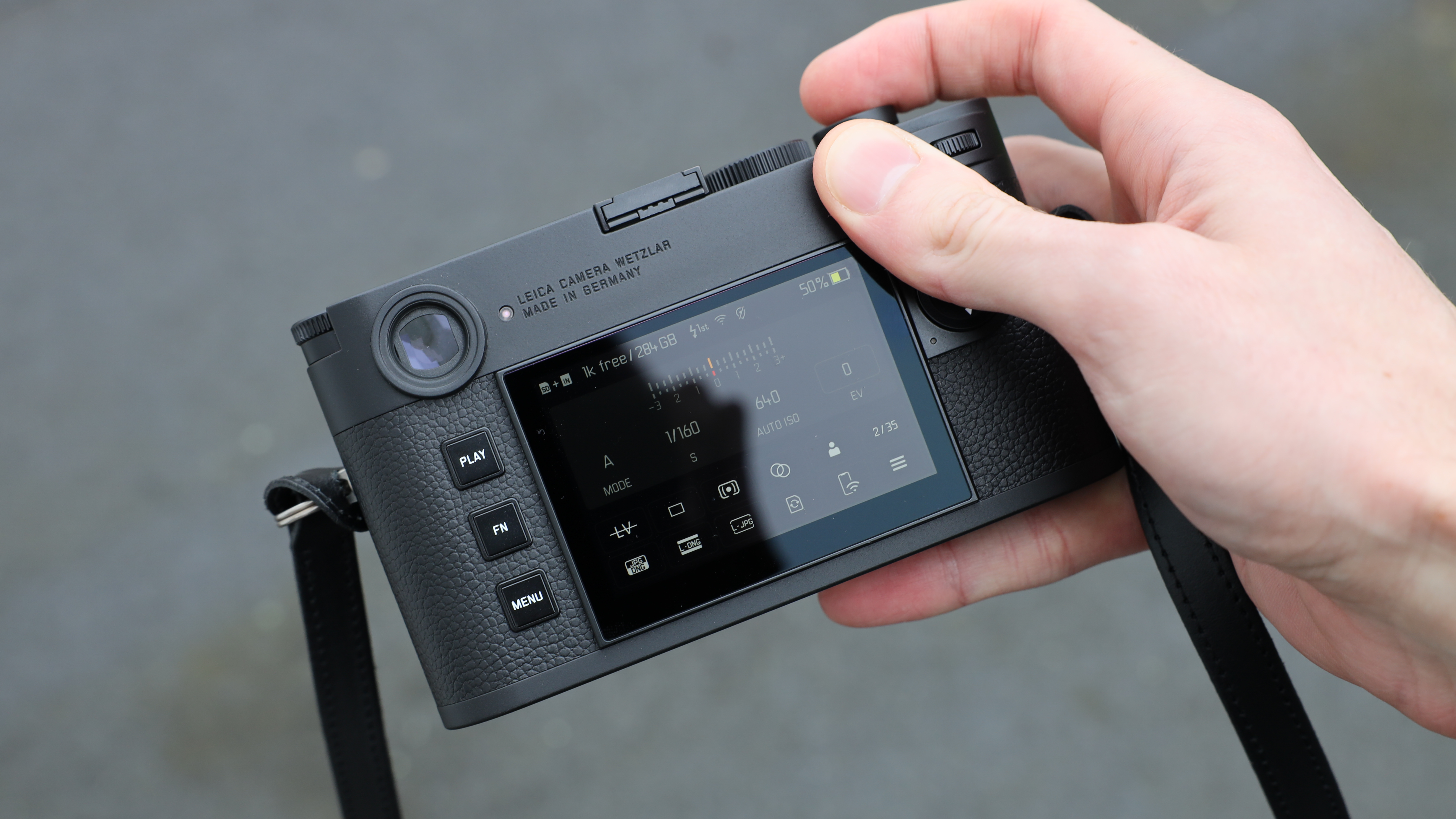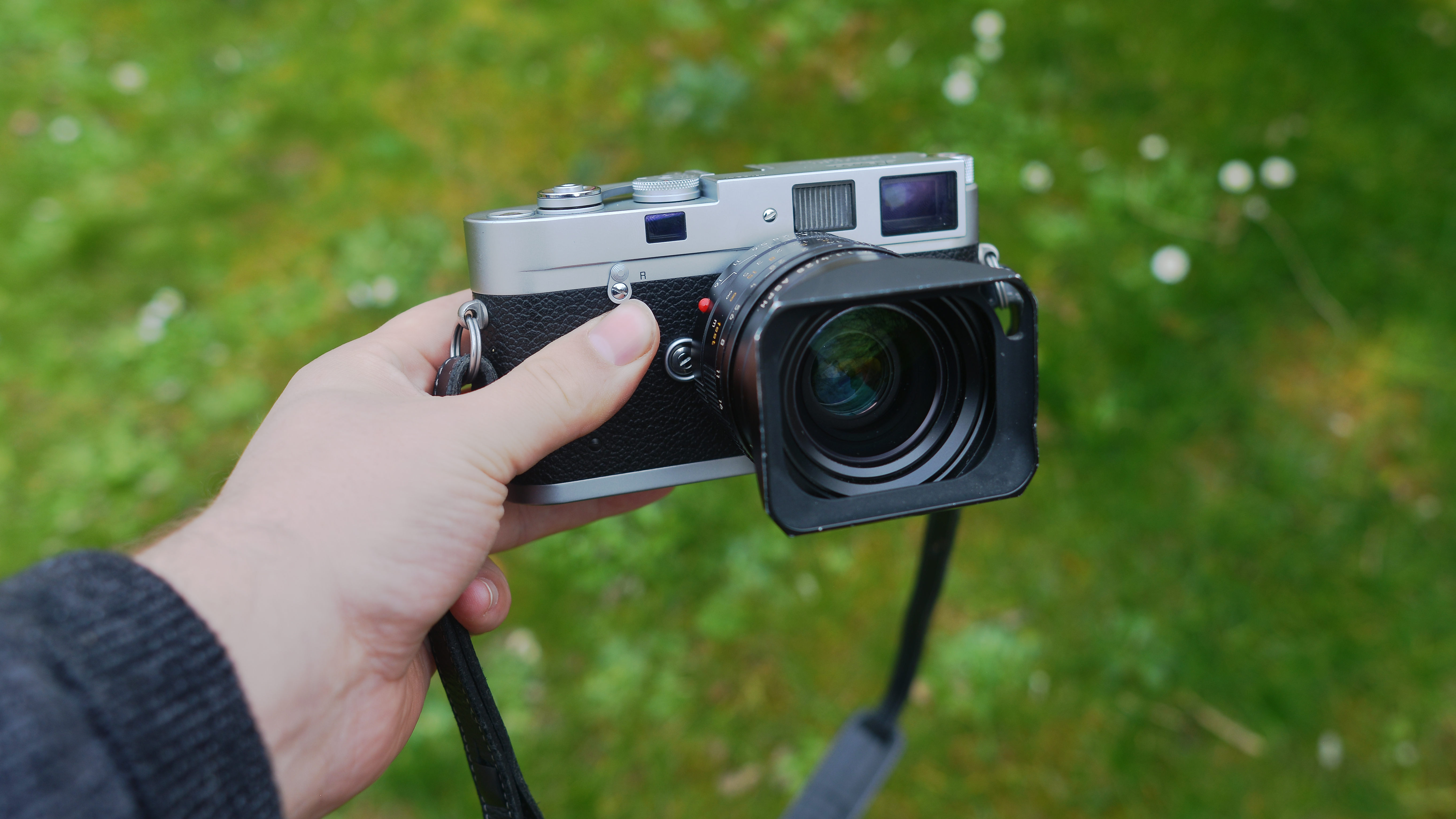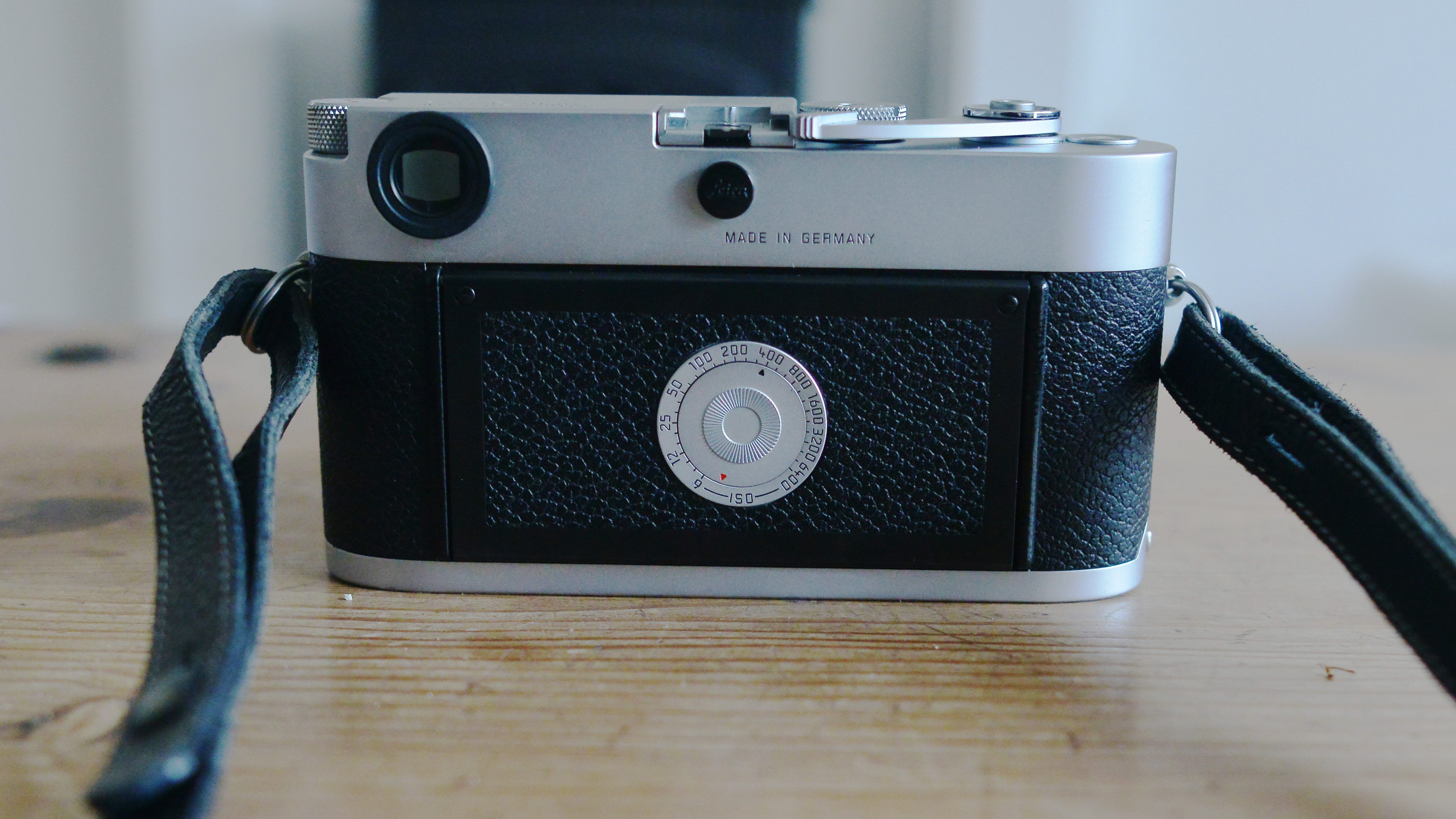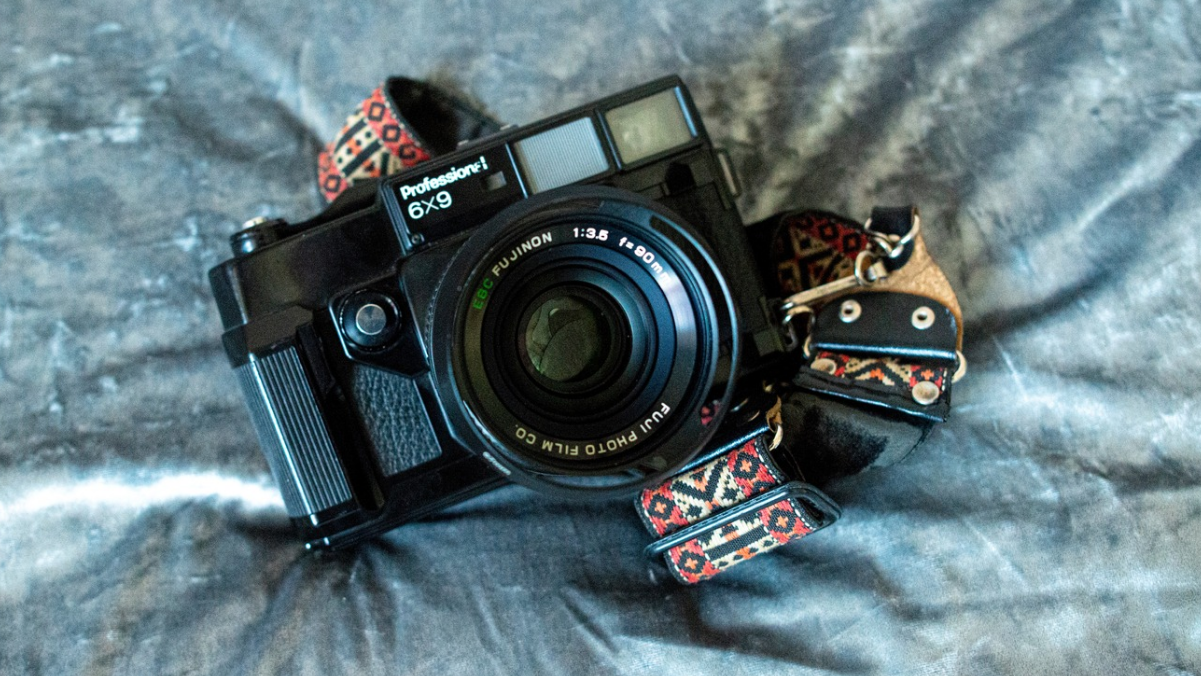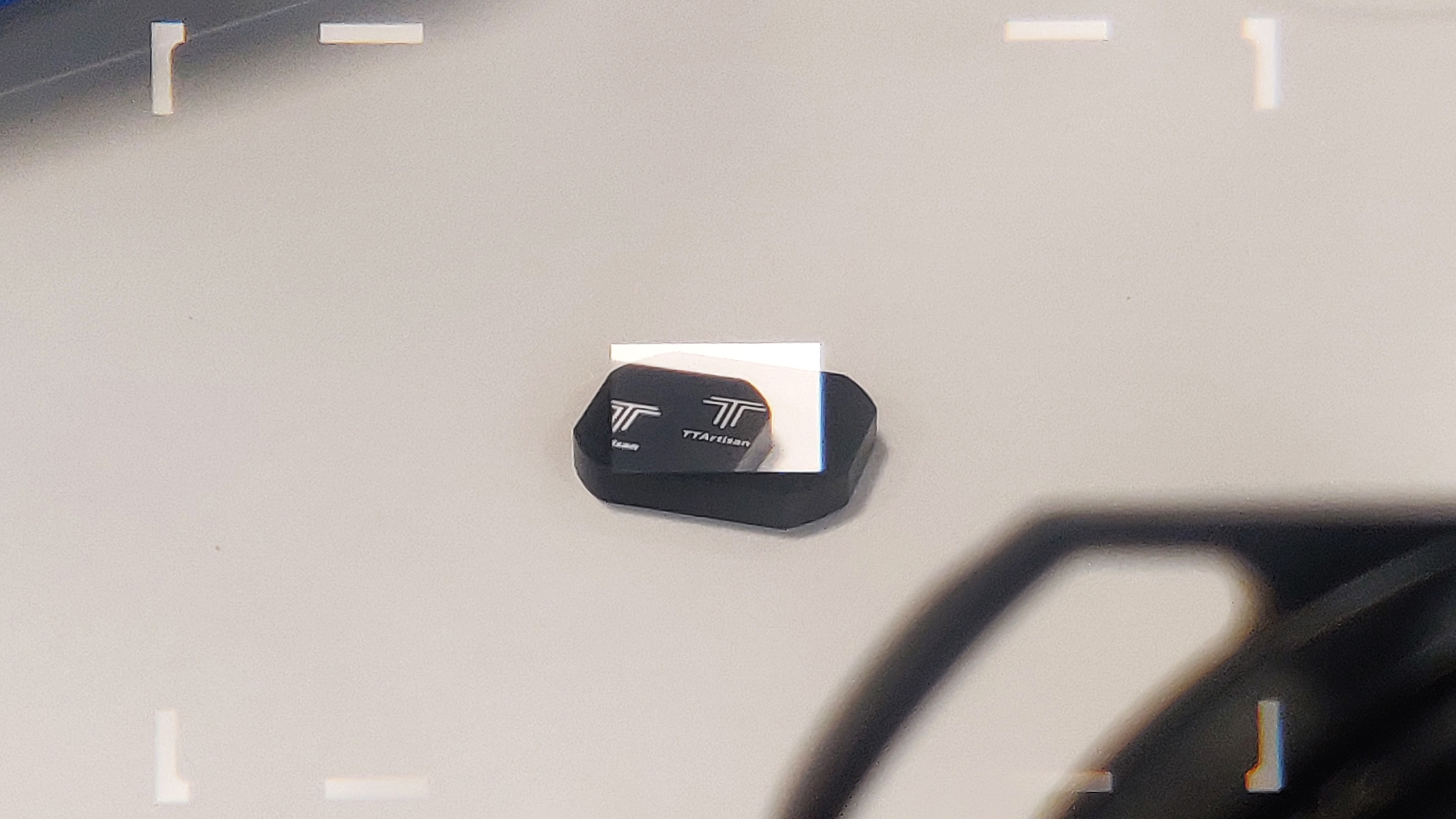Best rangefinder cameras in 2025
Whether you’re after something modern or vintage, digital or film, the right rangefinder camera can elevate your photography and deliver truly memorable images.
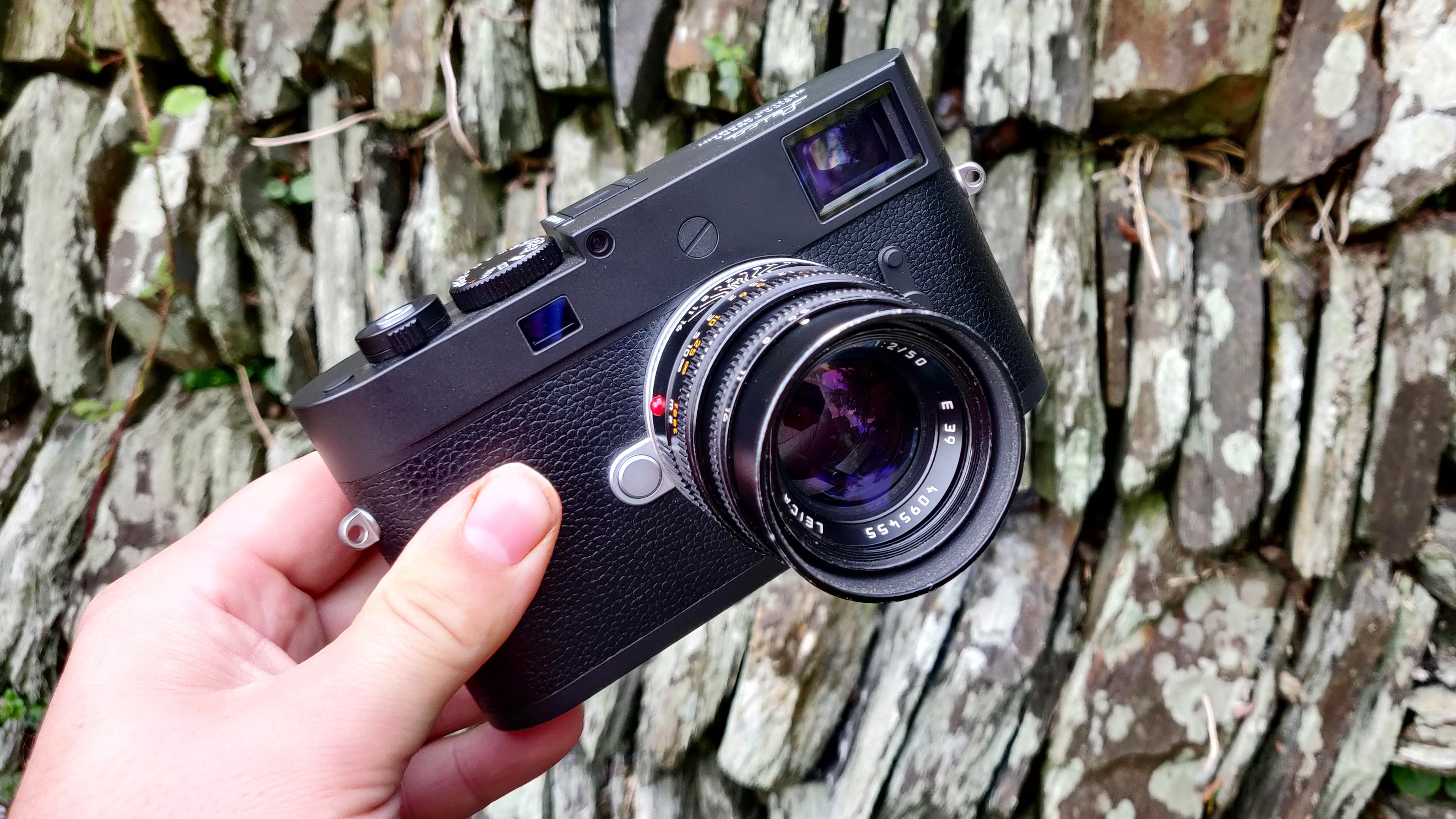
If the glare of a DSLR pentaprism or the polished slickness of a mirrorless EVF has left you feeling flat, perhaps it’s time for something with a bit more soul. Enter the rangefinder. Stripped of distractions, it invites you into a slower, more deliberate way of working – no through-the-lens preview, no digital overlays, just a bright optical window, a pair of frame lines, and the world as it unfolds beyond them. You’re no longer reacting; you’re anticipating.
Focusing isn’t handed to you – you earn it. You align two ghosted images until they snap into place, a tactile dance that becomes second nature. Over time, your hands learn the lens, your eye trusts the framelines, and muscle memory takes over. Autofocus? You won’t miss it. Not when you’re this tuned in to your subject, this involved in the process. It’s not about speed – it’s about clarity, control, and presence.
The real shift, though, happens in how you see. You begin to pre-empt moments rather than chase them, to compose with intention rather than convenience. Light, gesture, shadow – they all start to matter more. You become less a passive observer and more a participant in the scene, shaping it before you even raise the camera.
It’s not for everyone, and it’s not meant to be. However, if you’re looking to reconnect with photography on a more instinctive and emotional level, the rangefinder is a quiet revolution. One that doesn’t shout for your attention – it simply earns it.
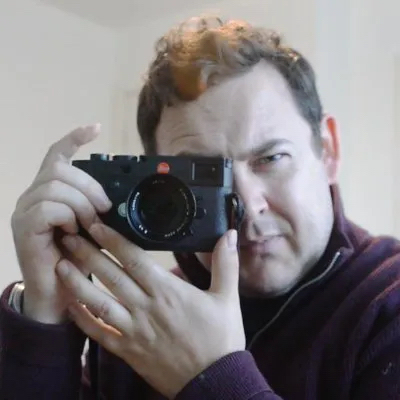
For nearly twenty years, Sebastian has worked as a professional photographer, with his images published internationally. In his spare time, he reaches for his Leica M-E or Leica M2 to capture street scenes and everyday moments – almost always in black and white, and always as he sees them.
Quick List
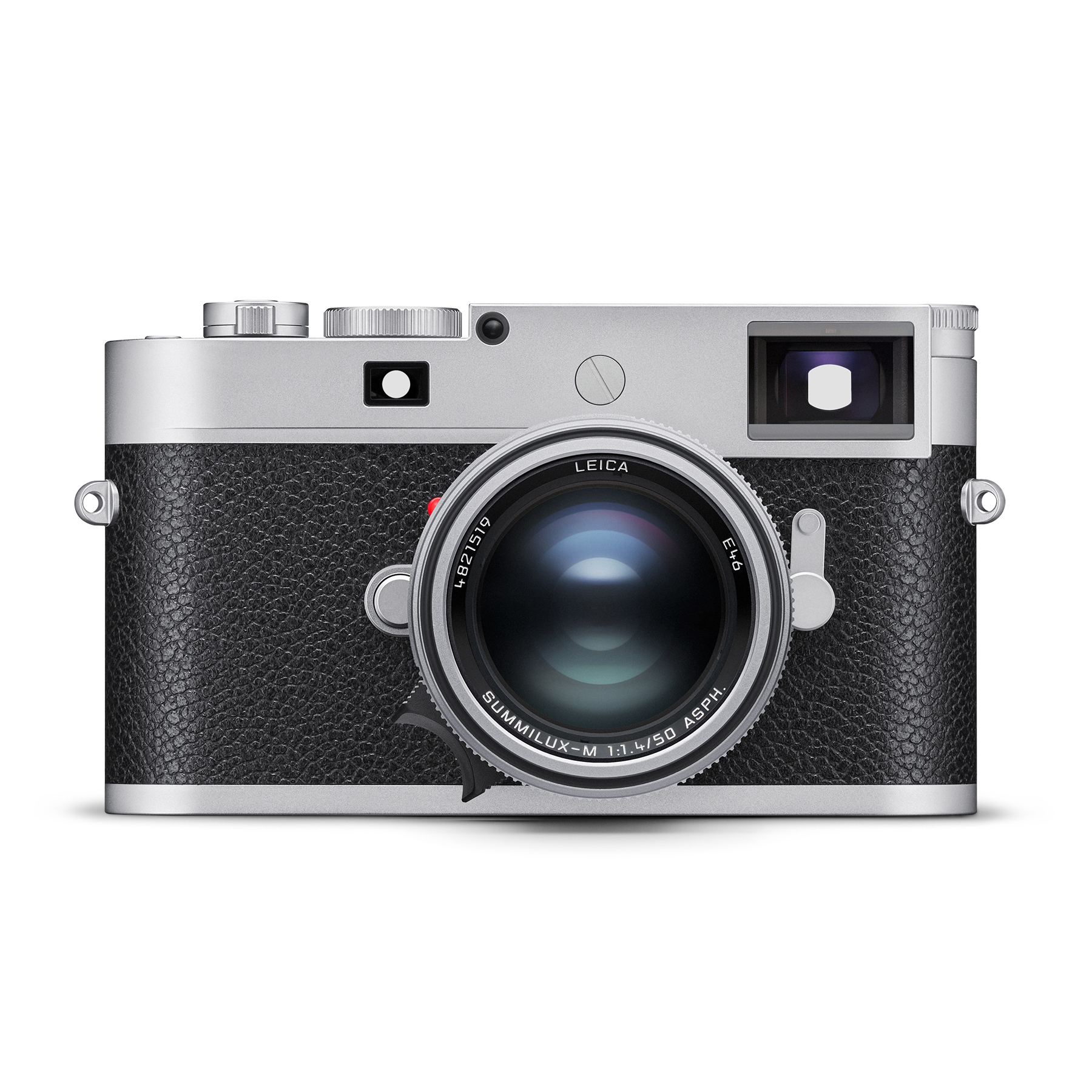
If you want a rangefinder camera, they don't get much better than Leica. The latest digital flagship, the Leica M11-P with its 60MP sensor is the best rangefinder overall.
Read more below
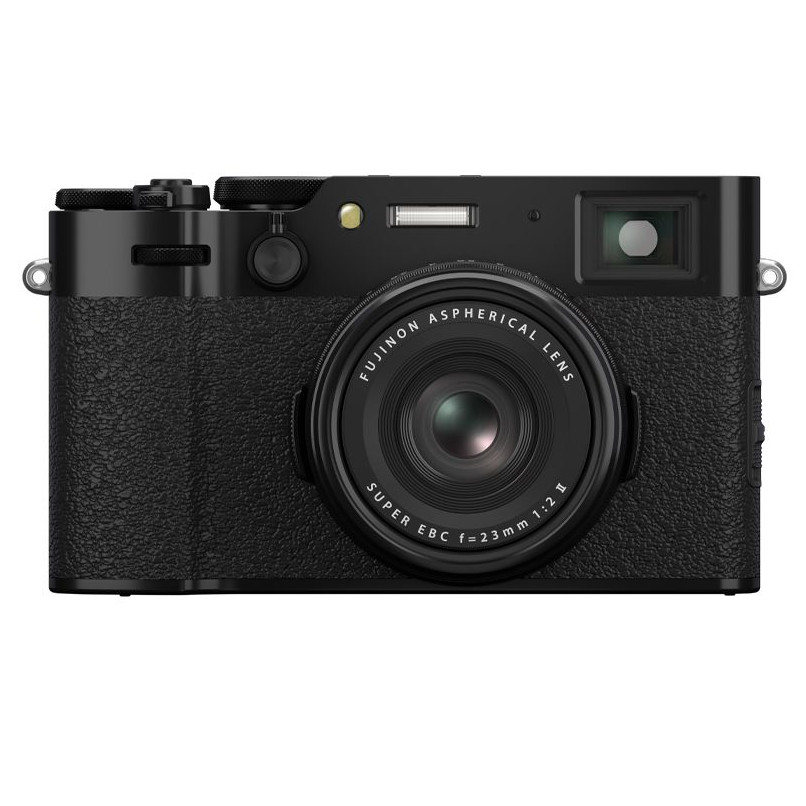
If you want an optical rangefinder but also want the convenience of a digital EVF the X100VI offers both making this the perfect fixed-lens hybrid rangefinder compact camera.
Read more below
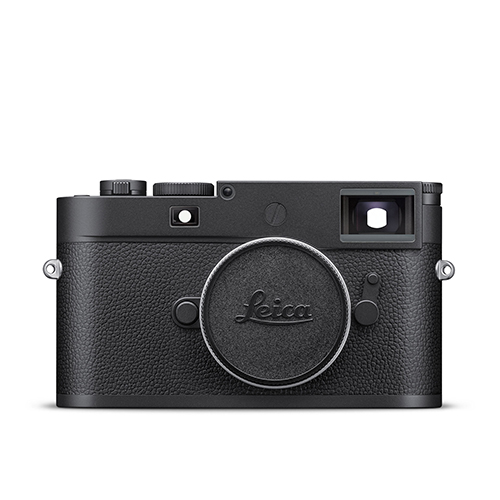
If you love black-and-white photography but also want a rangefinder, the Leica M11 Monochrom takes the crown with its black-and-white ONLY 60-megapixel sensor.
Read more below
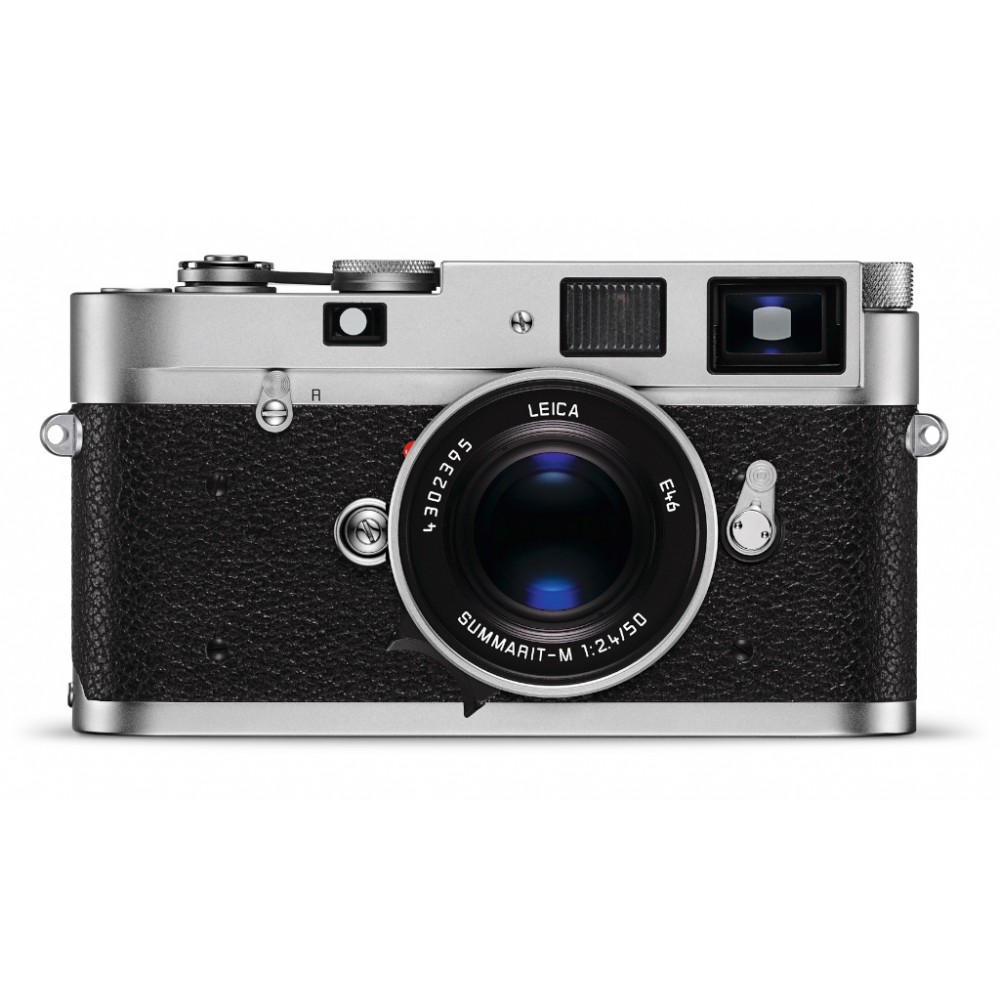
If you're looking for a rangefinder camera, but your main medium is film then the Leica M-A is the best mechanical experience on the market.
Read more below
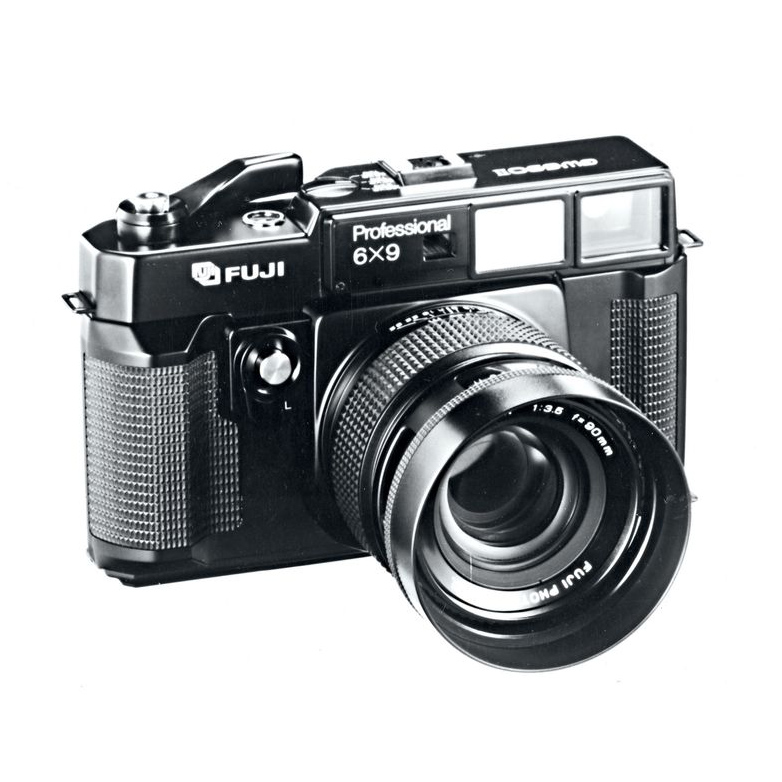
If you want the best rangefinder for film overall then the classic medium-format Fuji GW690 with its 6x9 negatives is the best for film lovers.
Read more below
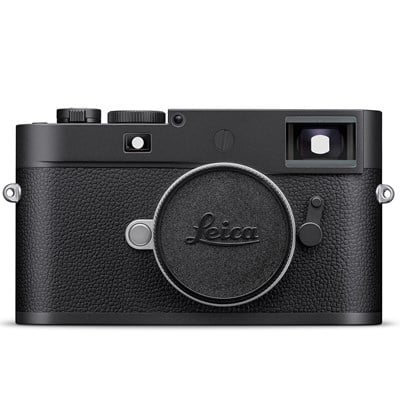
If you want an analog experience but the convenience of digital files, it doesn't get any better than the Leica M11-D with all the goodness of the M11-P, but without the discretion of a rear LCD screen.
Read more below
Best rangefinder cameras
Why you can trust Digital Camera World
Best overall
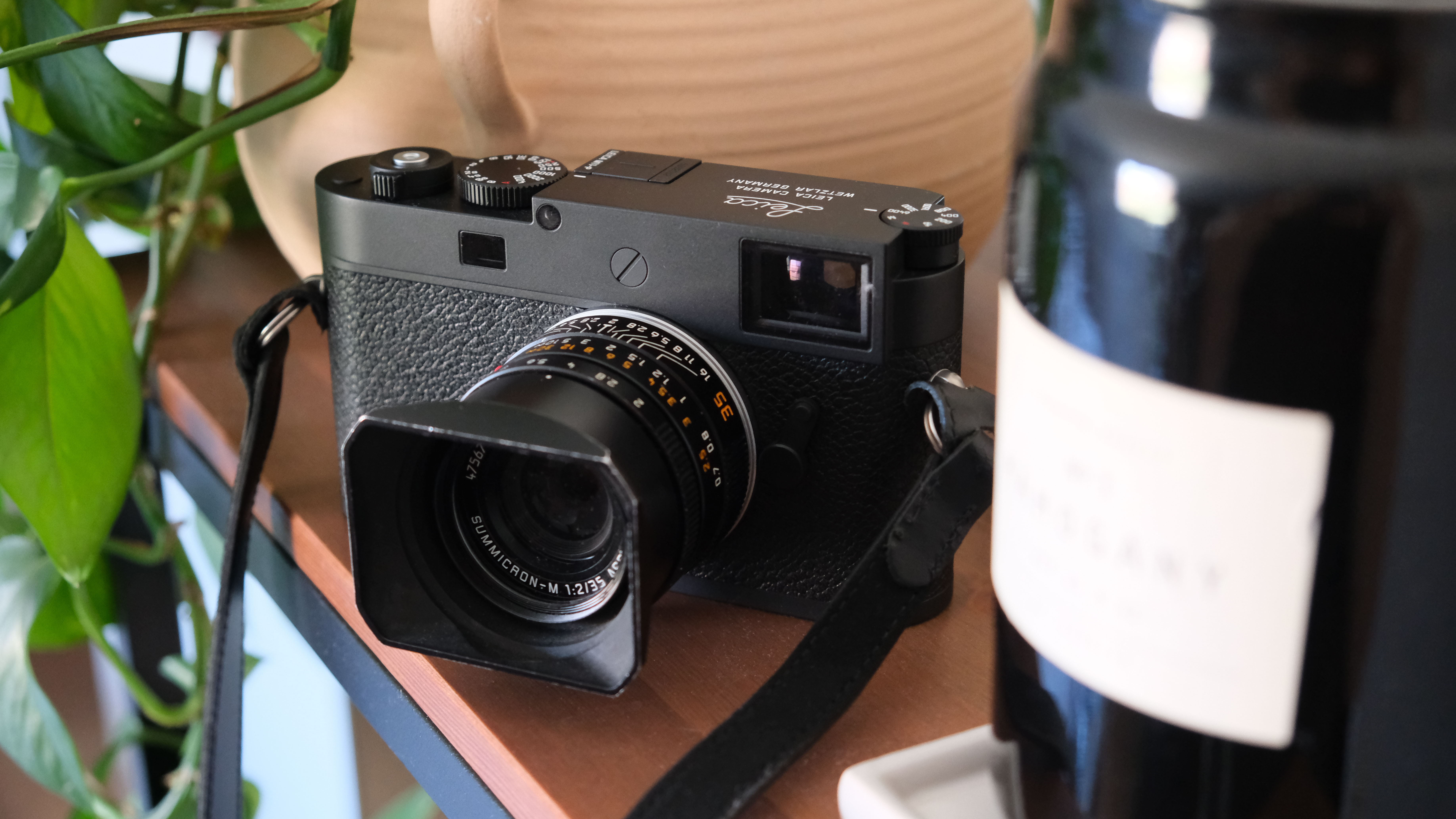
Specifications
Reasons to buy
Reasons to avoid
Sample images

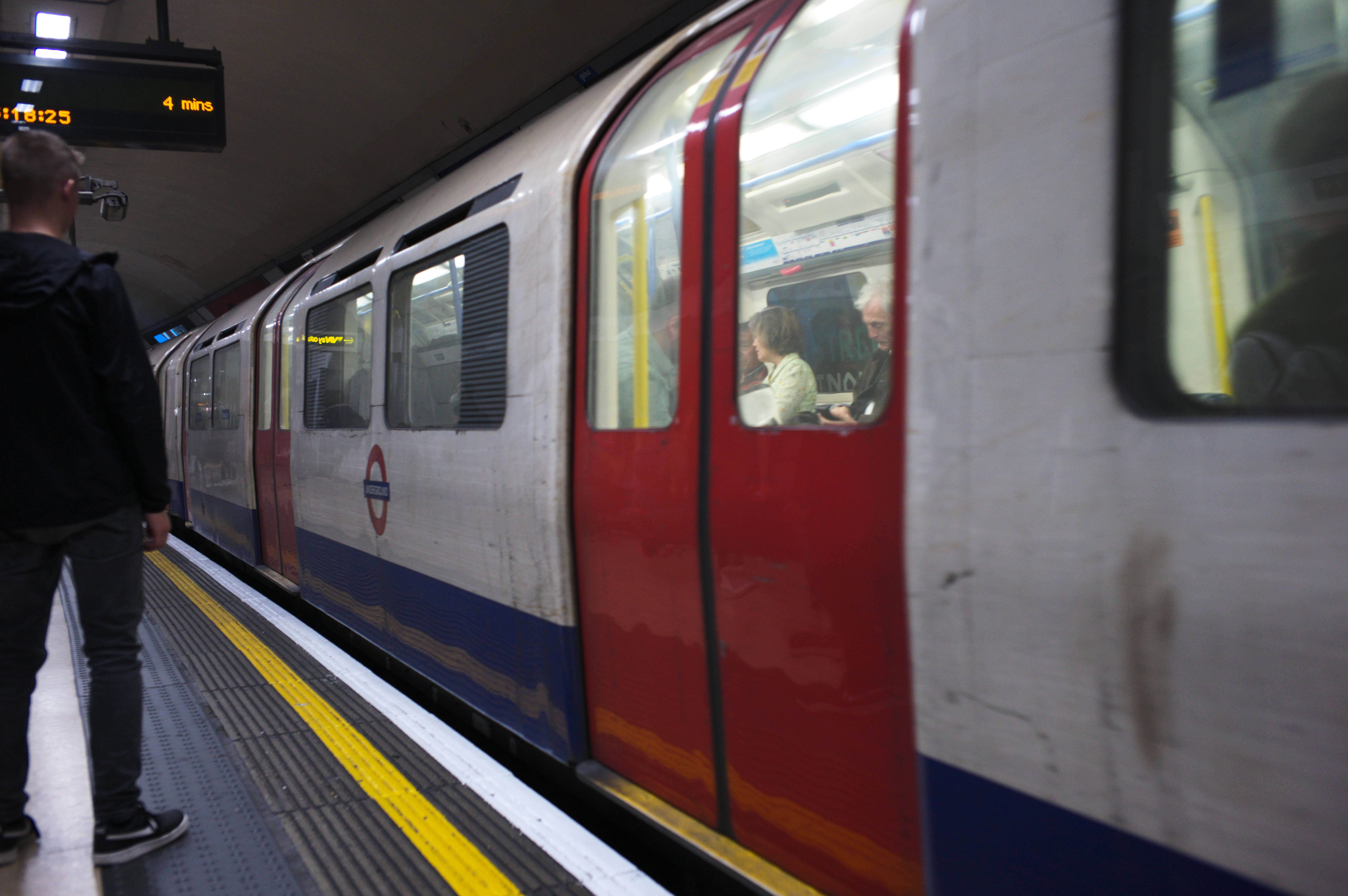
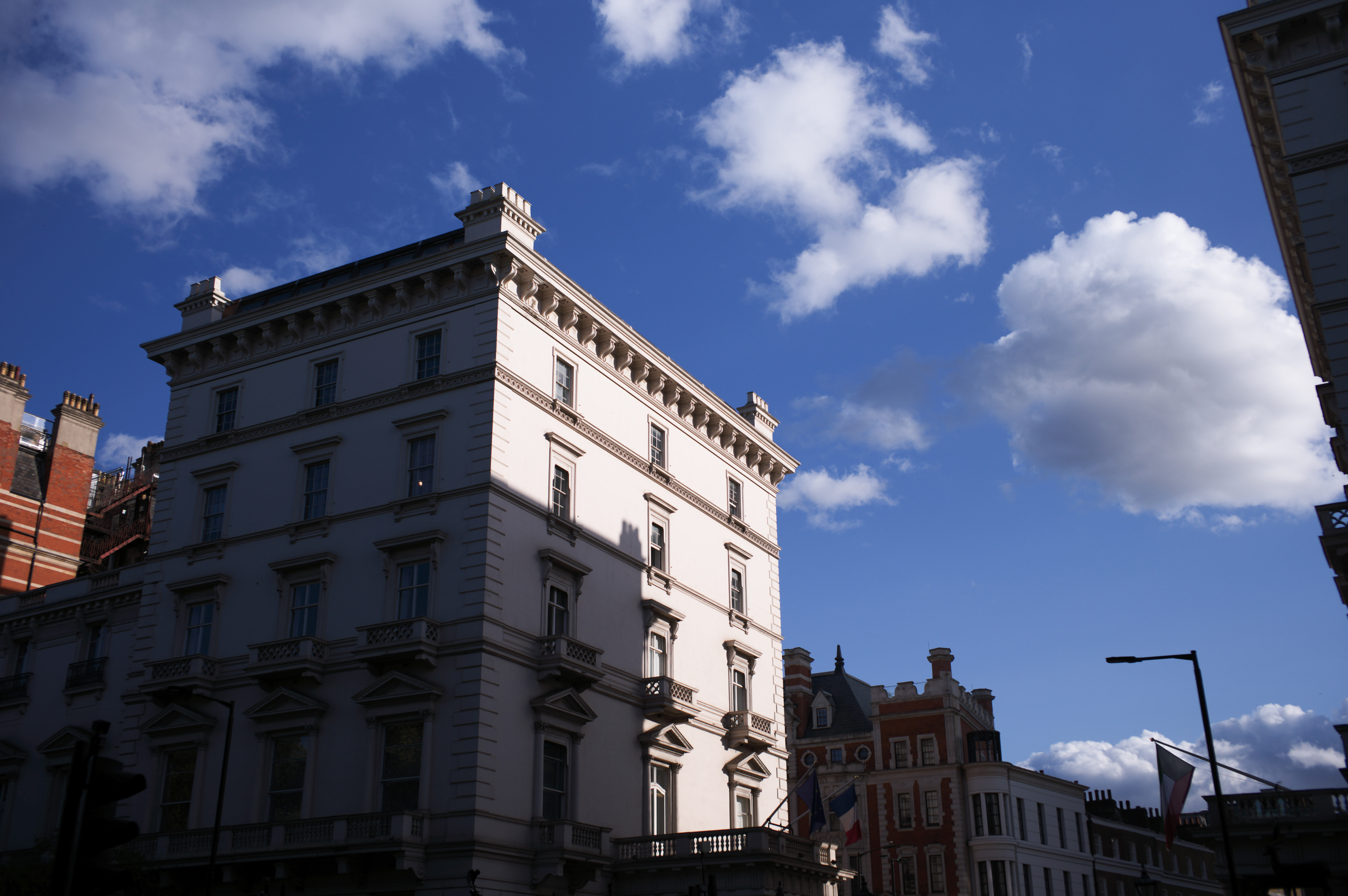
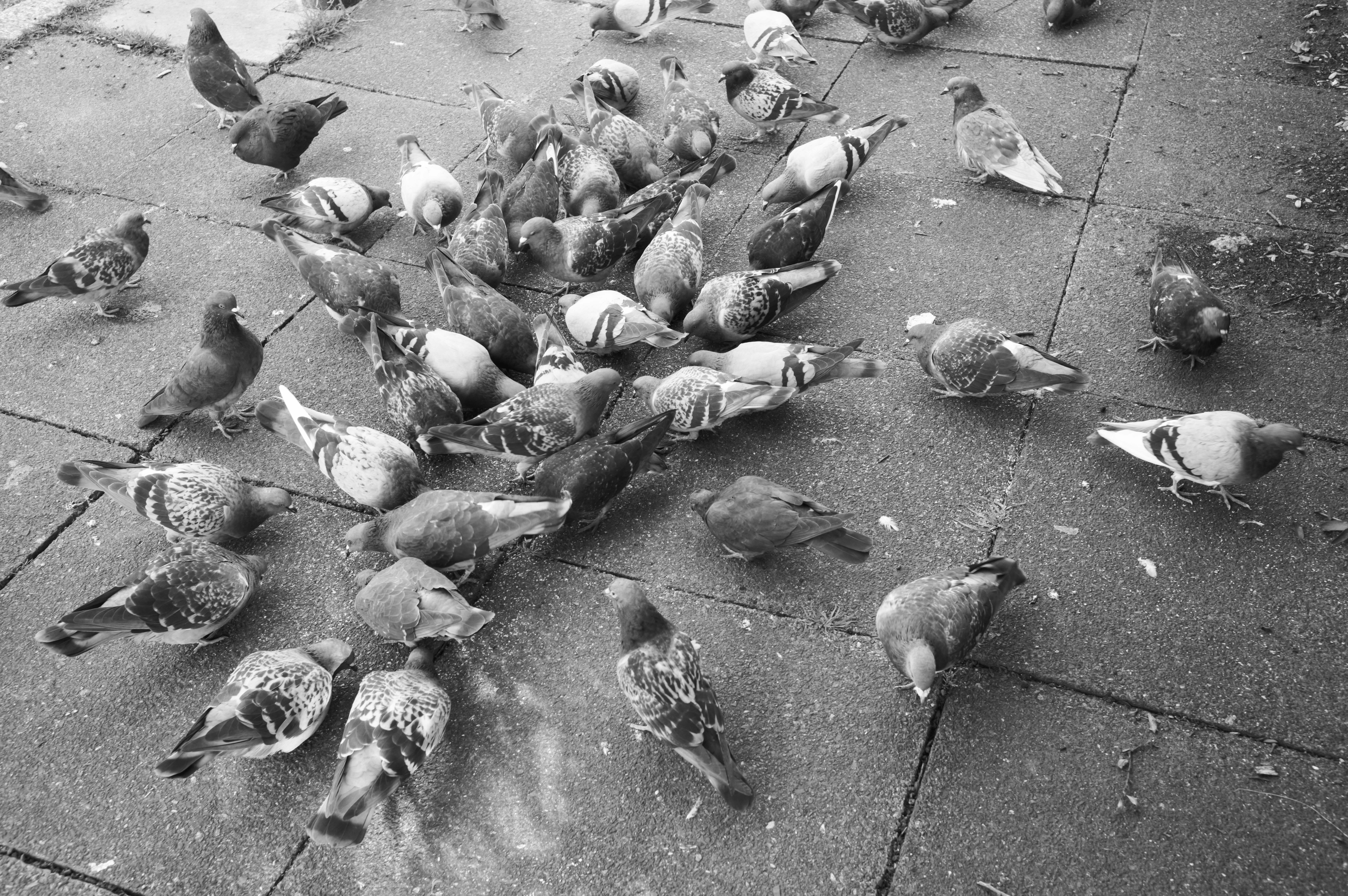
✅ You want AI protection: The M11-P comes equipped with Leica Content Credentials that allows users and picture editors to see the process from capture, editing, and distribution, authenticating every image.
✅ You want the best Leica camera on the market: The M11-P takes all the best bits from the M11 and adds upon them to deliver the best Leica-M experience possible
❌ You're going to rely on Content Credentials: Content Credentials workarounds seem easy to manipulate at the current time
❌ You want to shoot video: While being the top-of-the-line Leica M-system camera, this can only shoot stills
The Leica M11-P continues Leica's blend of classic style and cutting-edge technology. In terms of aesthetics, it takes inspiration from the sleek, minimalist design of the Leica M11 Monochrom, without the usual iconic red dot offering a more understated look that appeals to discerning photographers who want to go unclocked on the street.
However, it isn't just about appearances. Inside, the M11-P mirrors the Leica M11, guaranteeing the same exceptional image quality that we loved in the original M11 model, with Leica's 60MP color sensor, with its triple-resolution tech offering big detailed photos.
What really makes the M11-P notable is the introduction of its content authentication component called Lecia Content Credentials, which could yet prove to be a very valuable weapon in the ongoing battle against AI-generated image manipulation. However, its effectiveness in countering this currently appears somewhat vulnerable, although it is very early doors for the technology, so it will be interesting to see how it evolves as it is more widely adopted.
Read our full Leica M11-P review for more details
| Header Cell - Column 0 | Notes | Score |
|---|---|---|
Features | 60-megapixesl, 256GB internal memory, Leica red dot removed, and Leica Content Credentials | 5 / 5 |
Build & handling | Solid build with aesthetic changes to be more stealthy on the streets | 4 / 5 |
Performance | Same as Leica M11 - versatile choice between 60, 36, and 18 MP images all using the full sensor | 4.5 / 5 |
Value | Rather pricey, with limited updates from the earlier M11 | 3.5 / 5 |
Final thought
The Leica M11-P embodies this beautifully – combining the tactile charm and timeless design of a true rangefinder with some genuinely forward-thinking technology. From its discreet styling to its high-resolution sensor and pioneering content authentication feature, it’s a camera that bridges heritage and modernity in a way few others can. For those who shoot with intent and value both craft and integrity, the M11-P stands tall among the best rangefinders available today.
Best hybrid rangefinder
Specifications
Reasons to buy
Reasons to avoid
Sample images
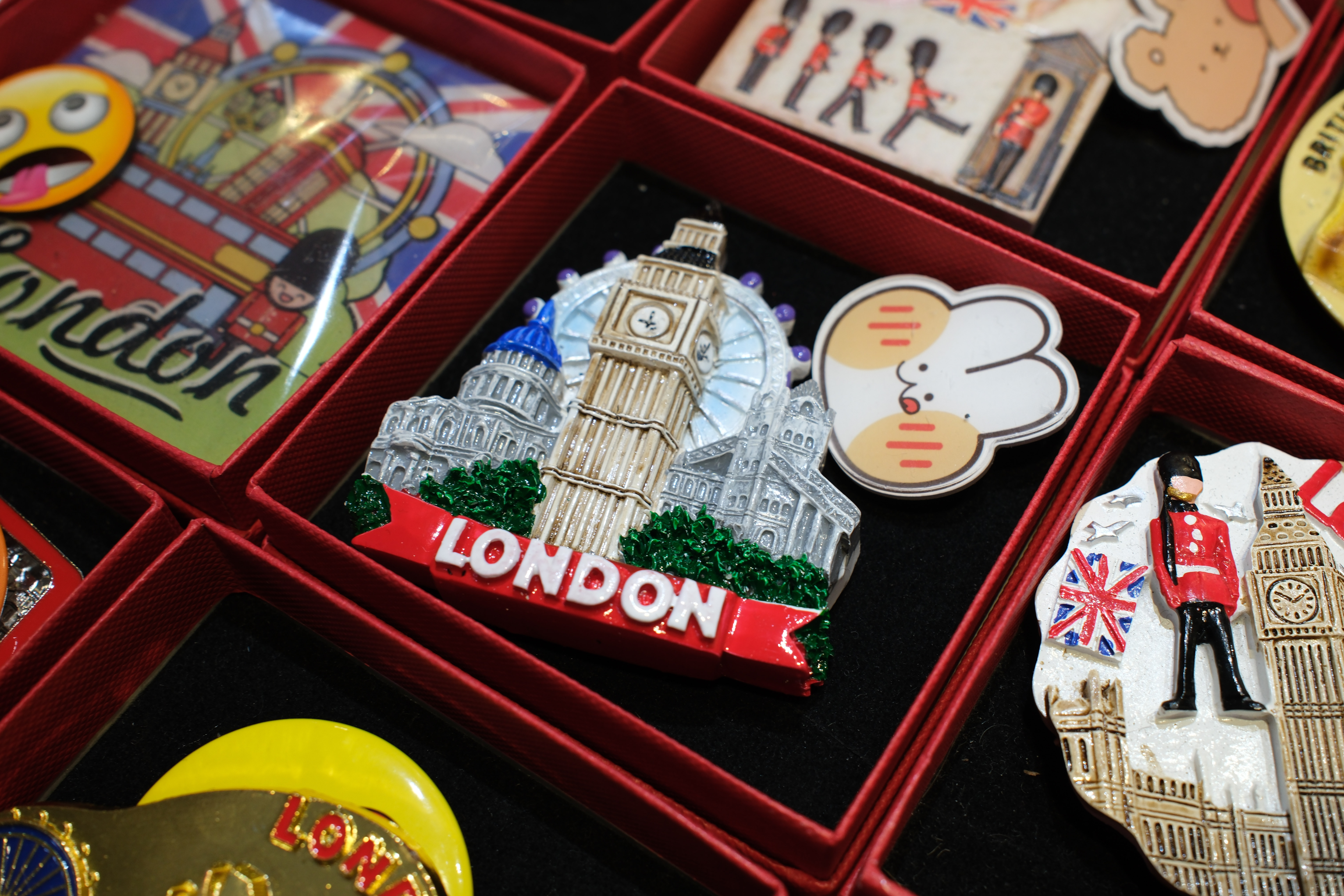
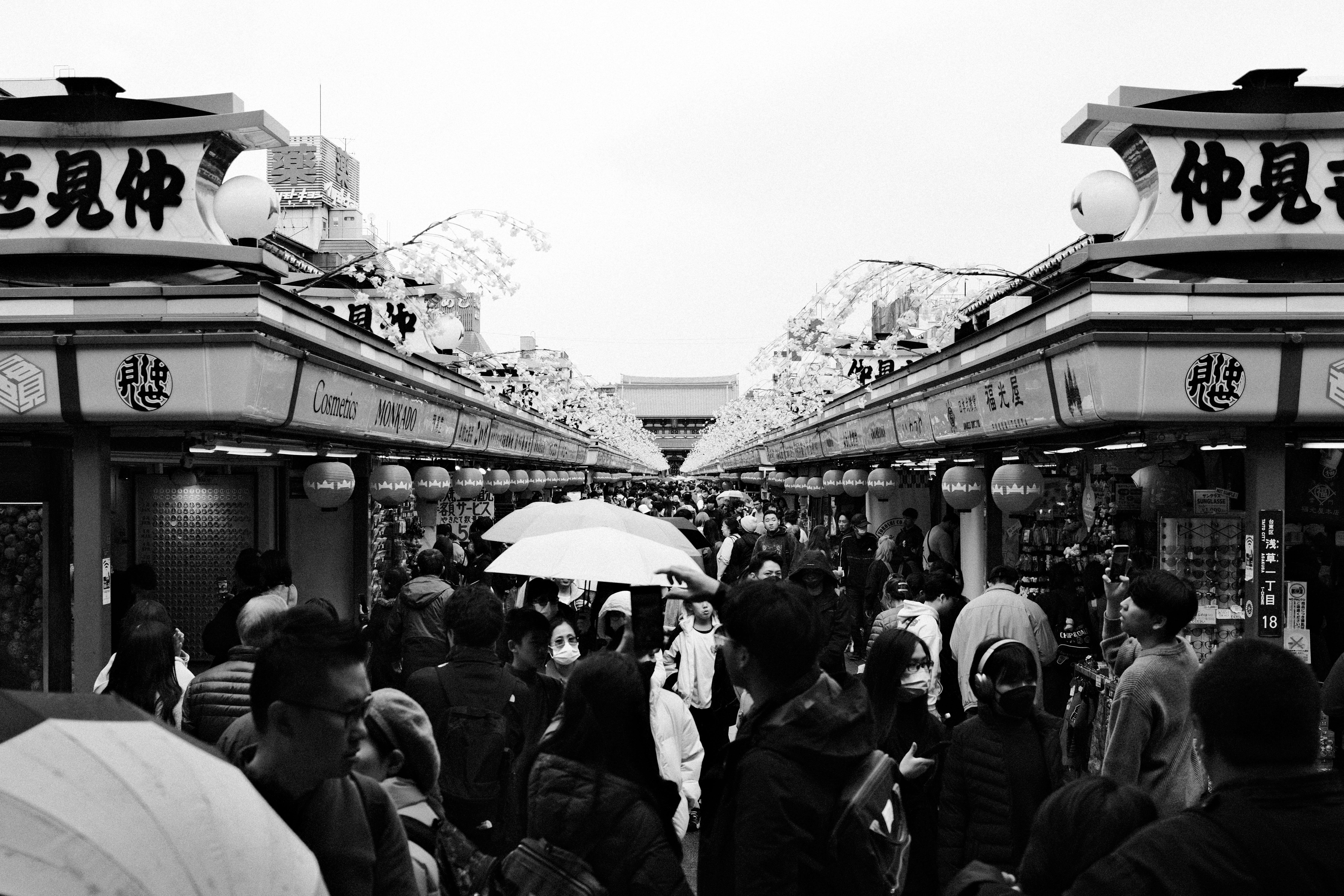
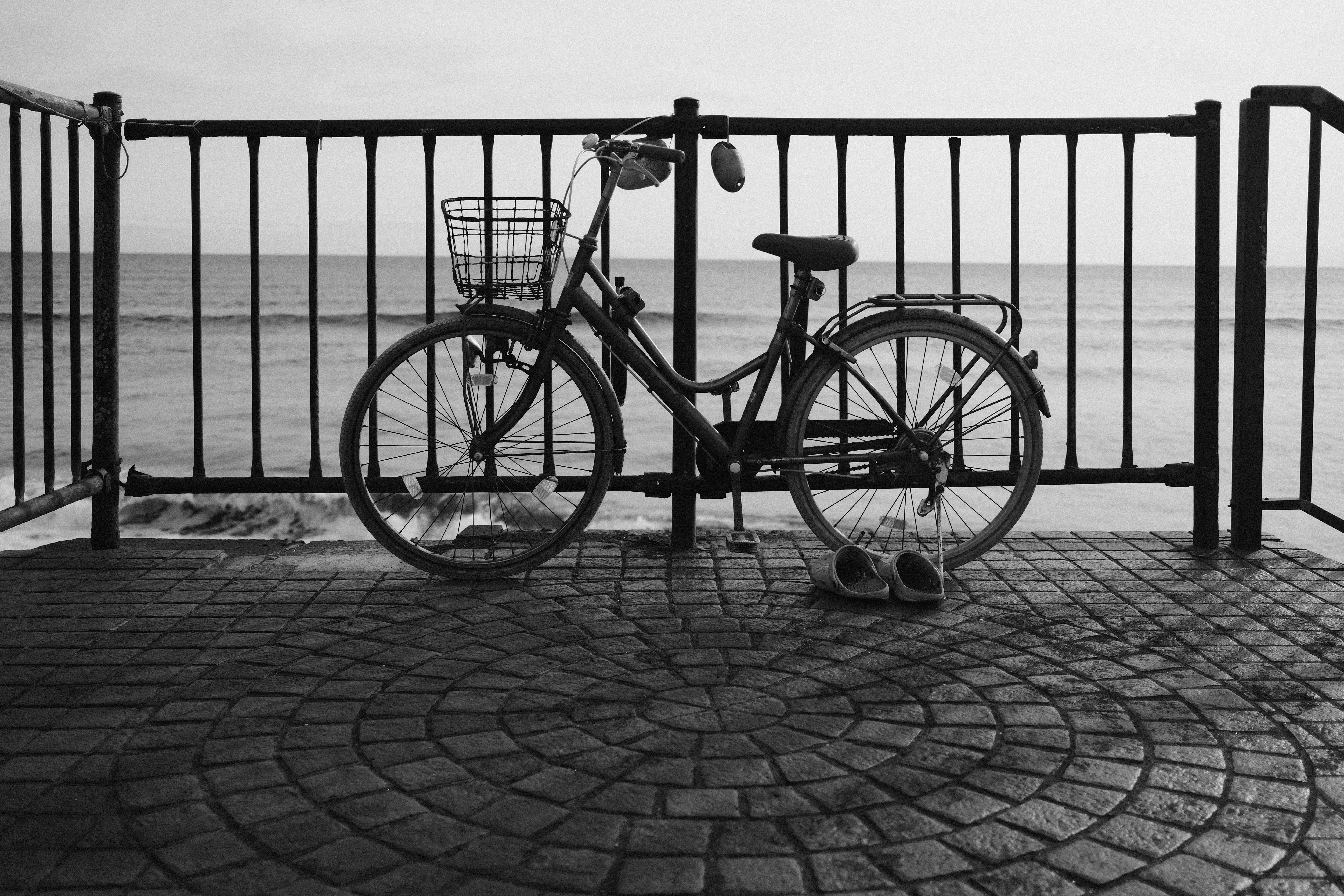
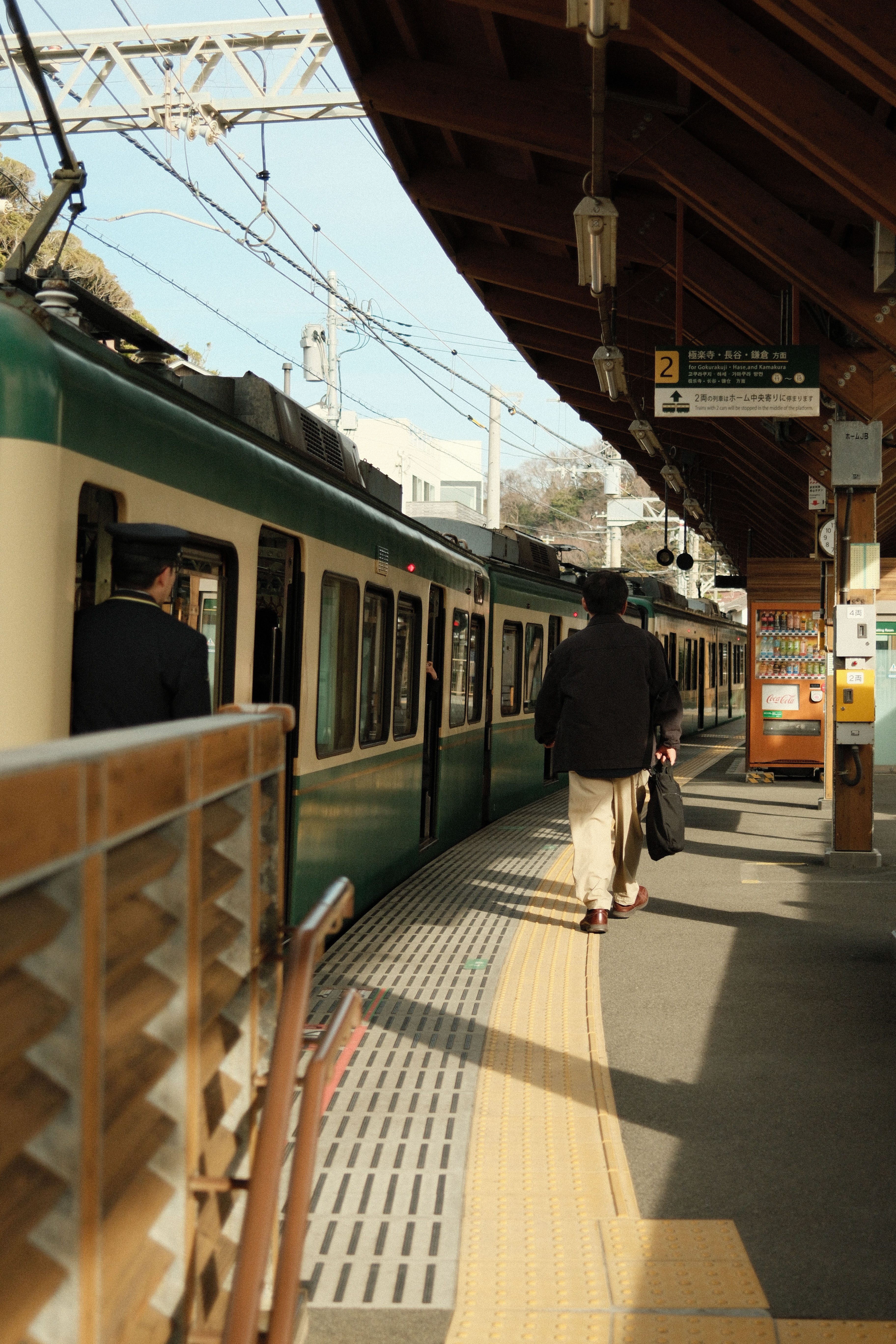
✅ You want a premium compact camera: The most talked about camera on the market today
✅ You want big resolution: Wth a whopping 40-megapixel you can be sure to capture images in stunning detail like never before from the X100-series
❌ You want to shoot at different focal lengths: The X100VI is a fixed-lens camera. This means that the lens cannot be changed, so you are stuck with the 23mm focal length. There are adapters available to alter the perceived focal length but they are expensive with varying results.
❌ You want to shoot lots of video: While the X100VI is capable of good 6K video, but it just isn't as versatile as other interchangeable lens cameras, and the two-way tilting screen limits vlogging and recording from awkward angles.
Fujifilm's X100V was the camera that sparked the internet's current obsession with Fujifilm's retro-styled modern cameras. The launch of the Fujifilm X100VI certainly hasn't slowed down that momentum, and it has been so successful it is still in short supply (so expect a wait for weeks once you've ordered it).
Is this all just overhyped? Absolutely not. The Fujifilm X100VI is still my top choice for anyone who wants a beautiful and premium compact camera without the faff of changing lenses.
The X100VI has a fixed lens roughly equivalent to 35mm on a full-frame camera – and is my focal length of choice for street or travel photography. There are converters available for the X100V to make the lens wide or more tele, but I find these a little overpriced, they can also be hard to find. However, if you want to use screw-in filters there is an additional $50 purchase of a filter ring, but for the price you're paying, I feel this should really come in the box.
When it comes to image quality, the X100VI has the same 40.2MP X-Trans sensor as the flagship-level Fujifilm X-T5, which is an exceptional sensor. This is paired with the latest X-Processor 5, which enables autofocus recognition and tracking for even more subjects including animals, birds, and vehicles. The X100VI also adds 6K video, albeit at a slight 1.23x crop, or there is always 4K video with no crop if you don't need that extra resolution.
Finally, the X100VI adds in-body stabilization, which makes video a little smoother, and the camera better in low light with slower shutter speeds.
Of course, you get access to Fujifilm's beloved film simulations and recipes, taking some of the work out of editing, and are what have made this camera so popular. The wonderful hybrid optical viewfinder is also a major highlight and one of the reasons I am still obsessed with rangefinder cameras as my last-ditch attempt to keep an optical viewfinder in an increasingly mirrorless EVF world.
The main downside is the Fujifilm X100VI's slick design doesn't come cheap, although the premium quality and cool features like the hybrid viewfinder are about justified. But that's if you can get your hands on one in the first place!
Read our full Fujifilm X100VI review for more details
| Header Cell - Column 0 | Notes | Score |
|---|---|---|
Features | 40MP stills, 6K video and retro styling makes this the camera to want | 5 / 5 |
Build & handling | Its solid build and ergonomics makes the X100IV a fan favorite among many | 5 / 5 |
Performance | Image quality is miles ahead of the X100V, but its AF performance is on a par with its predecessor | 4 / 5 |
Value | It's the camera of the hour, and stock is limited so you have to pay full price (or more, if you want one quick) | 4 / 5 |
Final thoughts
The Fujifilm X100VI is a modern classic that continues to refine what made its predecessors so beloved. With its tactile controls, hybrid optical/electronic viewfinder, and discreet styling, it delivers a shooting experience that’s as intuitive as it is enjoyable. Add in the powerful 40MP sensor, in-body stabilisation, and the film simulation modes Fujifilm is famous for, and you’ve got a compact rangefinder-style camera that punches well above its weight. For photographers who want charm, quality, and flexibility in one pocketable package, the X100VI is hard to beat.
Best for black and white
Specifications
Reasons to buy
Reasons to avoid
Sample images
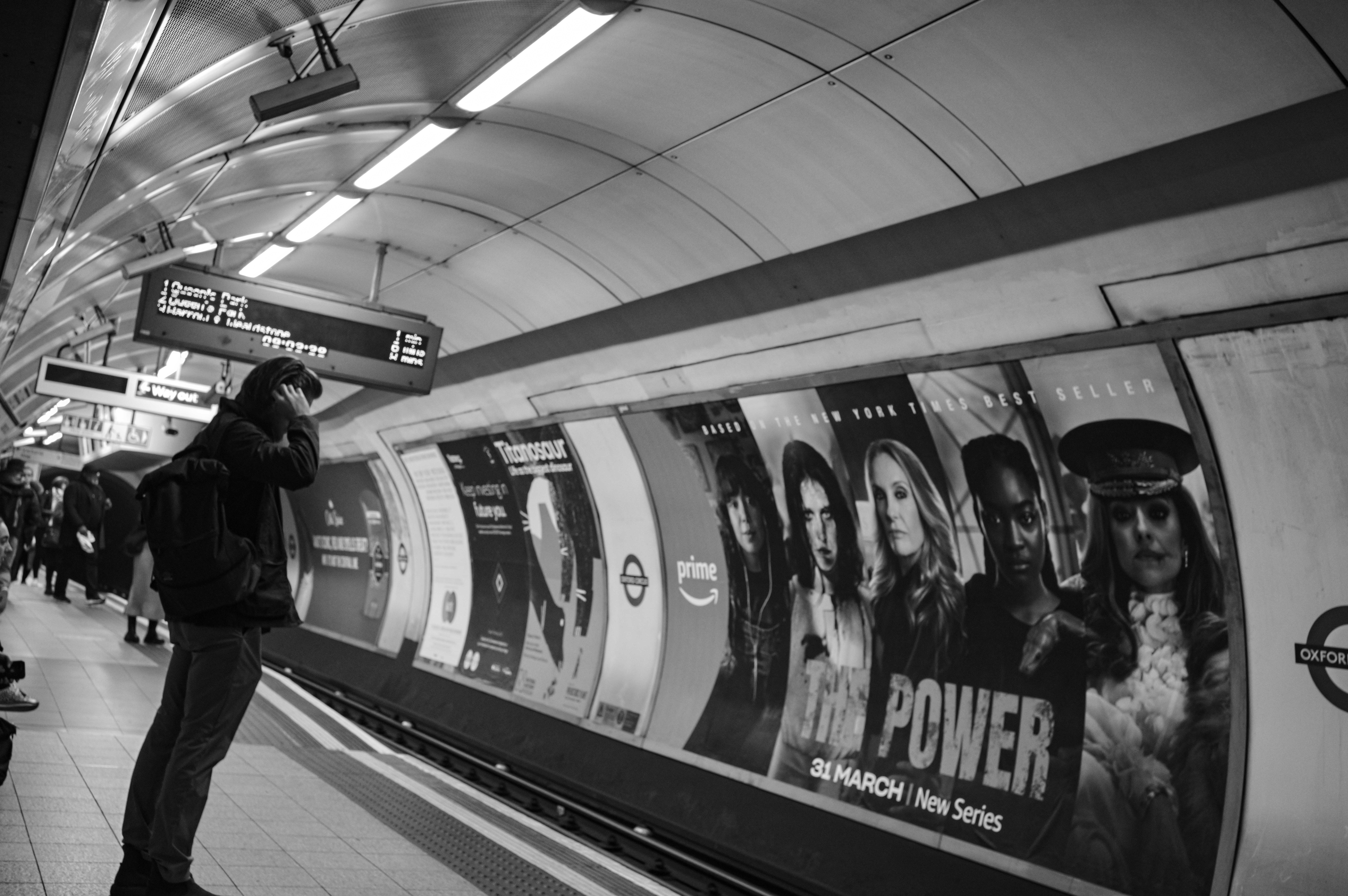
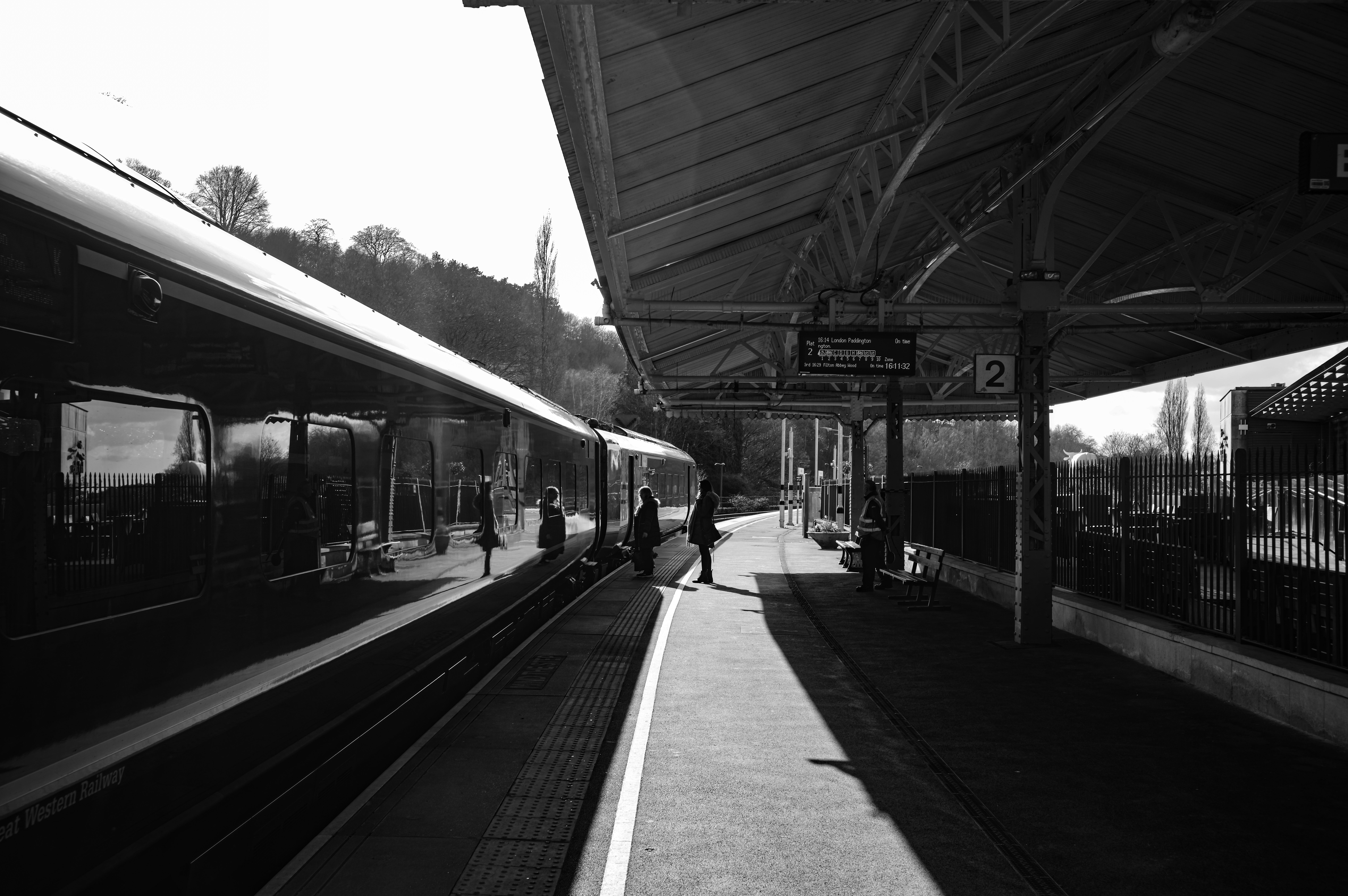
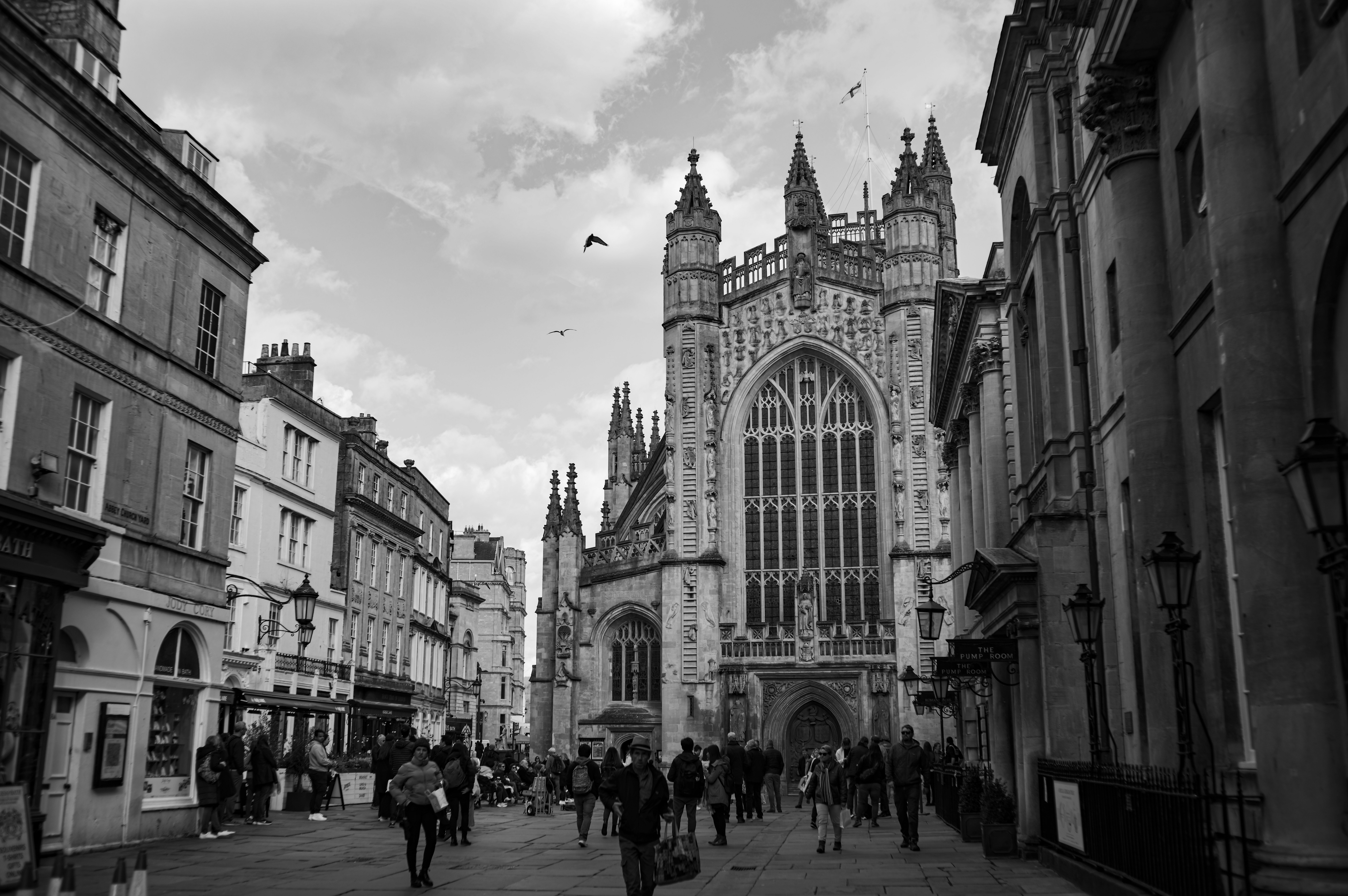

✅ You want a black-and-white-only camera: Featuring a specially developed sensor this is the best black-and-white photography gets in the digital world.
✅ You want the stealth look: Thanks to its street-wise aesthetic the red dot is removed, and you have only one color option, black.
❌ You want to shoot color: With its special sensor with removed Bayer sensor you can only shoot black and white, so no color pictures here.
❌ You want the full Leica look: without the famous red dot it doesn't give off the full Leica vibe
The Leica M11 Monochrom is one of the world’s most niche consumer cameras: a black-and-white, manual focus-only rangefinder that cannot shoot video and carries a hefty price tag of $9000 (£8,300) - even before buying a suitable Leica M-mount lens.
These apparent limitations are actually its greatest strengths, compelling you to carefully consider every shot. The M11 Monochrom harkens back to the glory days of film photography, offering a tactile and deliberate shooting experience that is becoming increasingly rare in today's digital age. This camera strips away the distractions and conveniences of modern technology, focusing purely on the art of photography.
Leica has designed the M11 Monochrom with a specific audience in mind—those who appreciate the subtleties of black-and-white photography and the precision of manual focus. This camera is not intended for casual shooters or those looking for an all-in-one solution. Instead, it appeals to discerning photographers who value craftsmanship, image quality, and the unique aesthetic that only a monochrome sensor can provide.
The latest iteration of this camera builds on Leica’s storied legacy, offering improved image quality, better dynamic range, and enhanced low-light performance compared to its predecessors. Its high-resolution sensor captures stunning details, while the lack of a color filter array allows for greater sharpness and tonal gradation. For photographers dedicated to black-and-white imagery, the M11 Monochrom represents the pinnacle of their craft.
Read our full Leica M11 Monochrom review for more details
| Header Cell - Column 0 | Notes | Score |
|---|---|---|
Features | Black and white only images, 60MP stills, no video features | 4 / 5 |
Build & handling | Built to the Leica reputation this is a solid camera that lives up to the Leica name | 5 / 5 |
Performance | Simply the best low-light performance from any Leica | 5 / 5 |
Value | Rather expensive for a very niche camera | 4 / 5 |
Final thoughts
The Leica M11 Monochrom is a purist’s tool, uncompromising in its focus and unapologetically niche. By removing colour from the equation, it invites you to see the world in tones, texture, and light – and rewards you with stunningly detailed black and white images from its 60MP monochrome sensor. There’s no distraction here, just a beautifully built, all-metal rangefinder that demands precision and presence. It won’t be for everyone, but for those drawn to the raw honesty of black and white photography, the M11 Monochrom is as close to perfection as it gets.
Best film rangefinder
Specifications
Reasons to buy
Reasons to avoid
Sample images
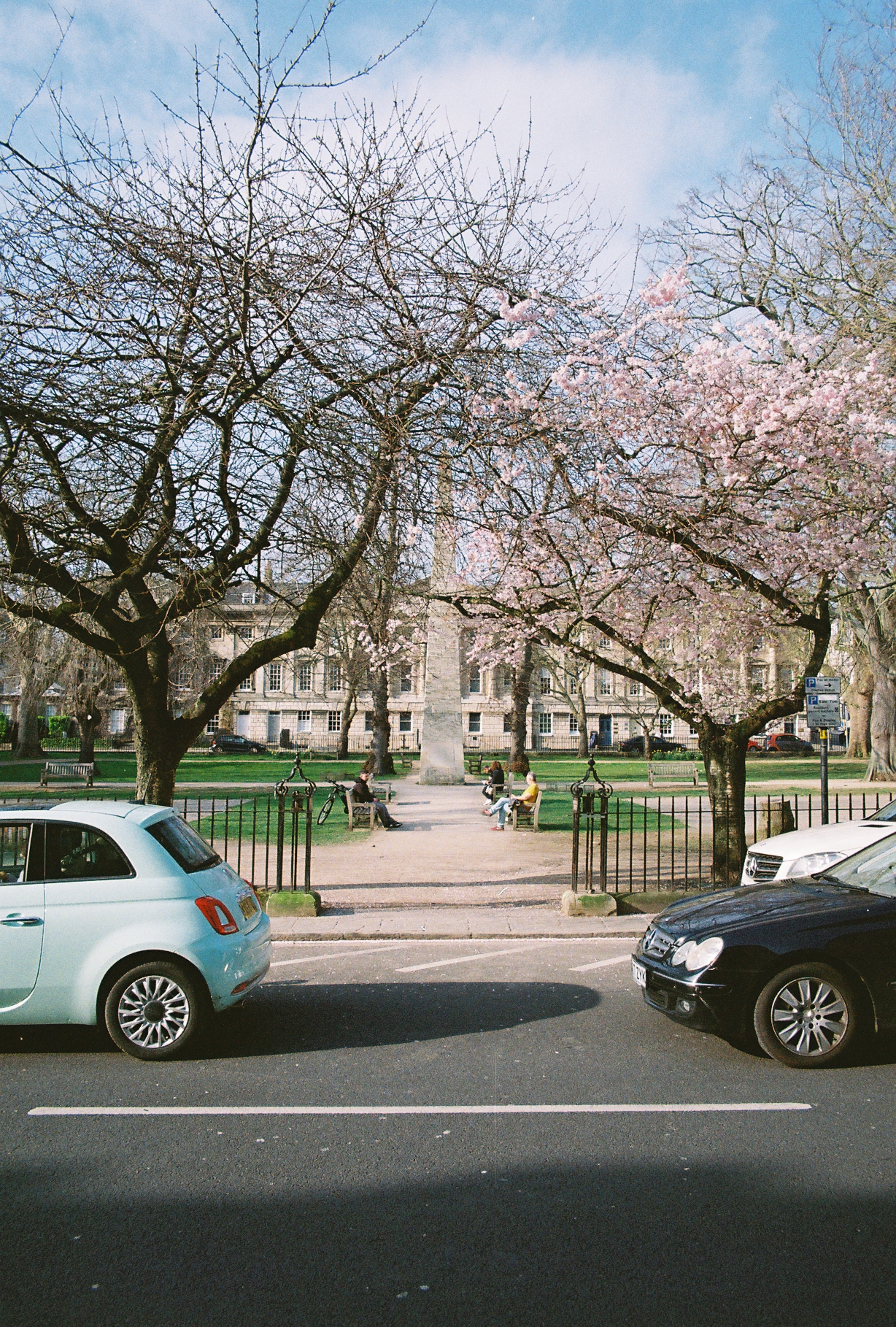
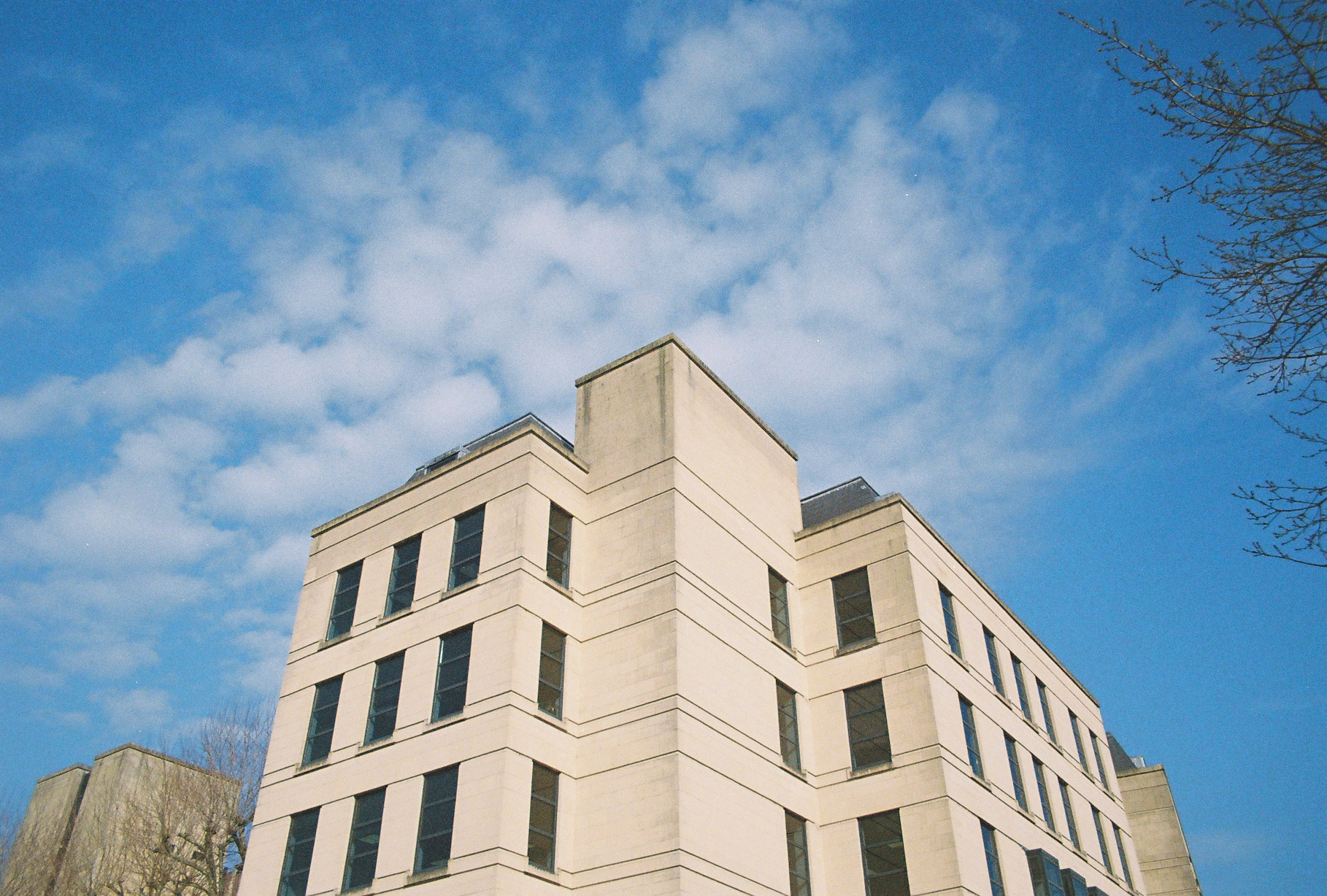

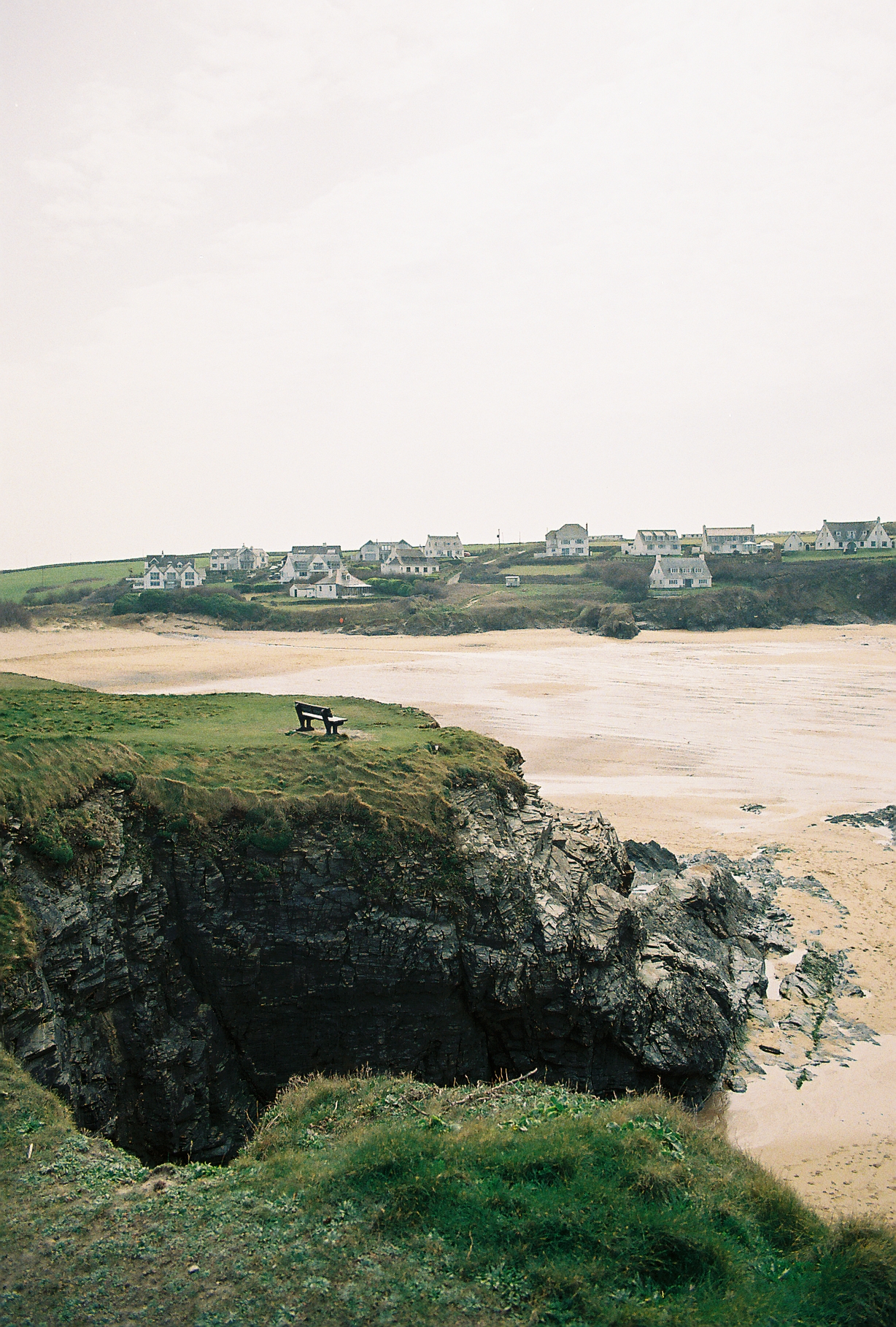
✅ You want a new film camera: With many film cameras being very old and not knowing their previous history it is always good to buy new - something that only Leica offers at the moment.
✅ You love mechanical cameras: The Leica M-A is the pinnacle of mechanical perfection, no lightmeter, no battery just a pure photography experience.
❌ You want a light meter: If you heavily rely on a light meter in your analog photography work then you either have to learn Sunny 16 or buy a handheld light meter.
❌ You're new to photography: I'd learn the basics first before splashing the cash and jumping in with a full manual camera
Leica M rangefinders have always been a topic of debate. To some, they're overpriced, overhyped relics from a bygone era. To others, they're exquisitely crafted engineering marvels that have achieved a pinnacle of perfection.
Using M rangefinders requires an adjustment period. Rangefinder focusing, while fast and precise in skilled hands, demands practice and learning. The high cost of an M-A body is just the beginning, as Leica lenses come with their own hefty price tags.
However, if you appreciate film photography in its purest form, the M-A is your perfect companion. You’ll need to determine the exposure, adjust the settings, and focus manually. For Leica M enthusiasts, this hands-on process embodies the essence of photography.
Beyond the technical aspects, owning a Leica M is also about embracing a storied legacy and a community of photographers who value tradition and craftsmanship. The tactile experience of using an M-A, from the solid click of the shutter to the smooth operation of its manual controls, creates a deep connection between the photographer and the medium.
This connection fosters a more deliberate and mindful approach to photography, allowing each shot to be an intentional act of creativity.
Read our full Leica M-A review for more details
| Header Cell - Column 0 | Notes | Score |
|---|---|---|
Features | All manual and mechanical camera - this is pure photography at its finest | 5 / 5 |
Build & handling | Built to the legendary Leica quality its very solid and a joy to use | 5 / 5 |
Performance | Perfect 35mm camera to use with either color or black and white film | 4 / 5 |
Value | One of only a handful of film camera you can buy new - this comes at a hefty price | 4 / 5 |
Final thoughts
The Leica M-A is photography at its most elemental. No screen, no meter, no battery – just you, the light, and the moment. Built like a precision instrument yet refreshingly simple in operation, it strips everything back to the essentials. Every frame demands thought, every shot is intentional. For those who crave a fully mechanical, fully manual shooting experience with 35mm film, the M-A offers a beautifully tactile connection to the craft. It’s not about convenience – it’s about slowing down and making every frame count.
Best medium format rangefinder
5. Fuji GW690 II
Our expert review:
Specifications
Reasons to buy
Reasons to avoid
Sample images
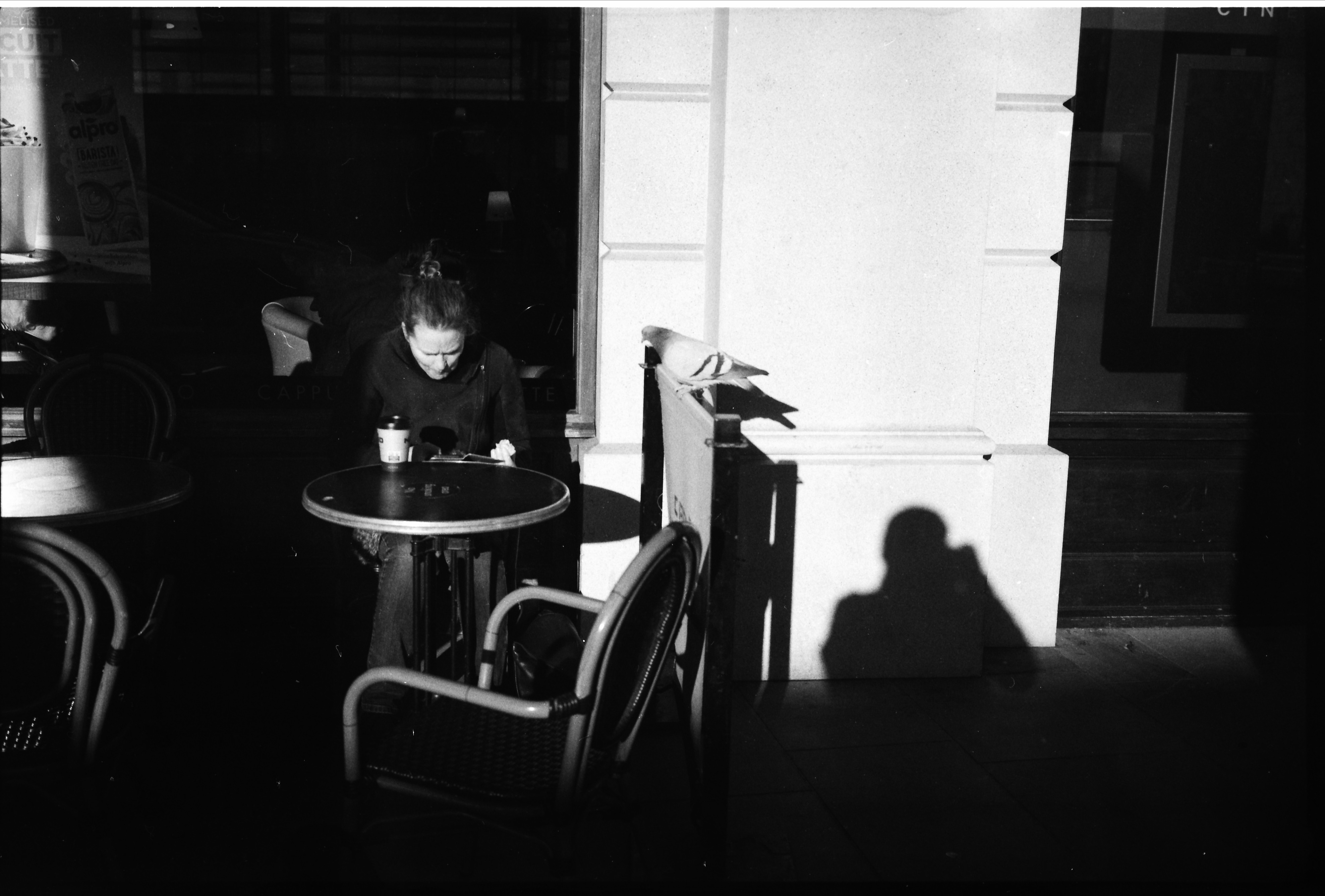
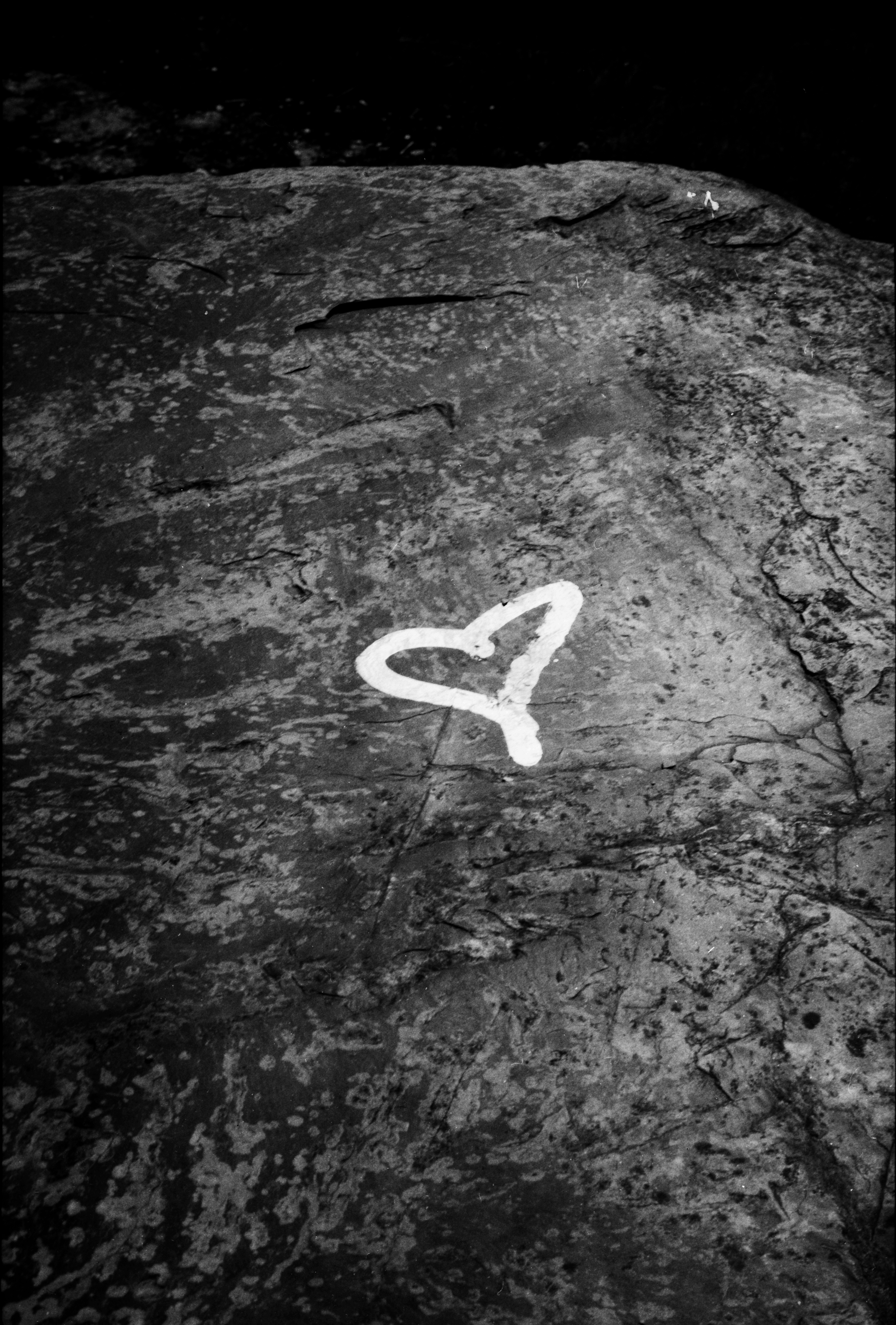
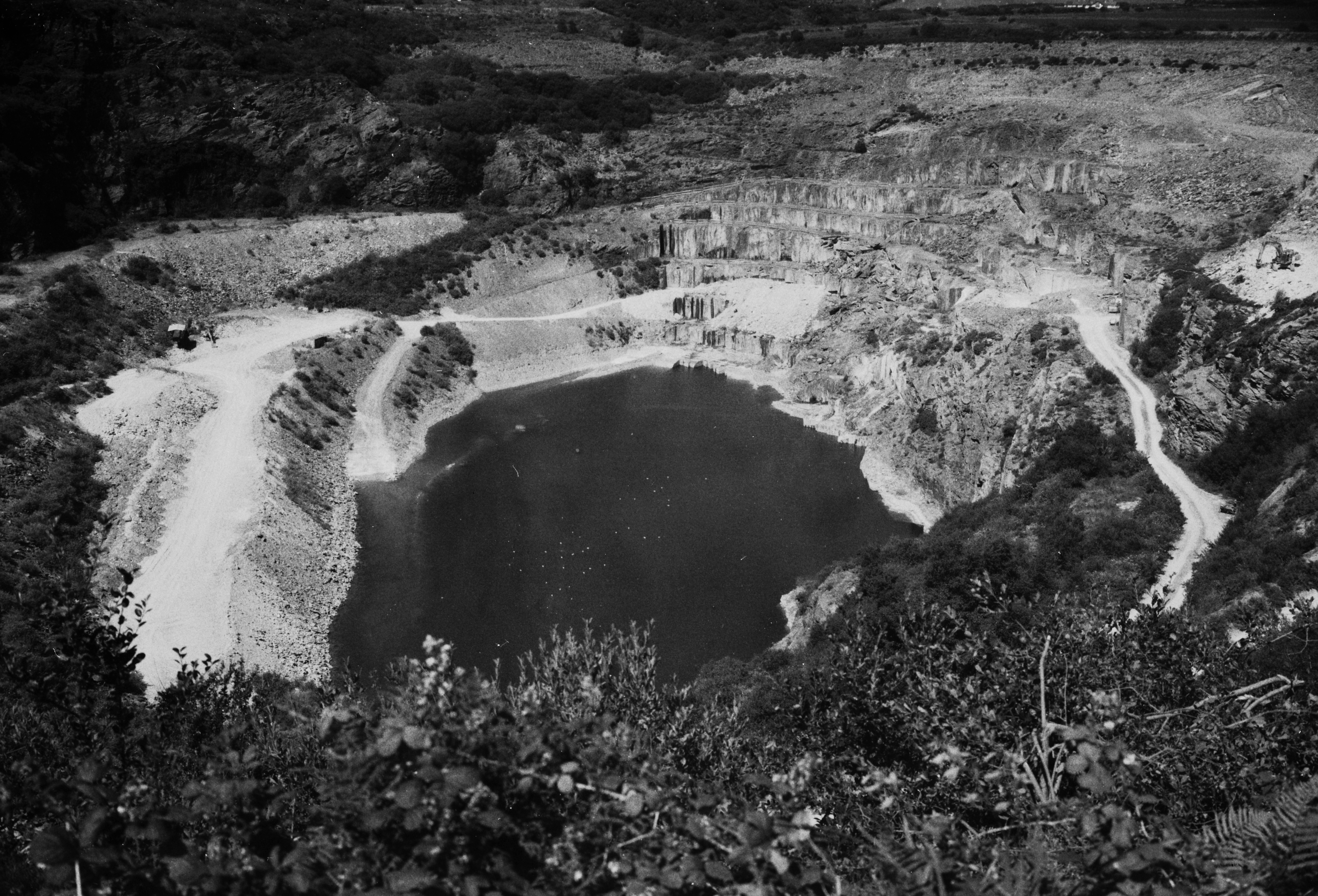
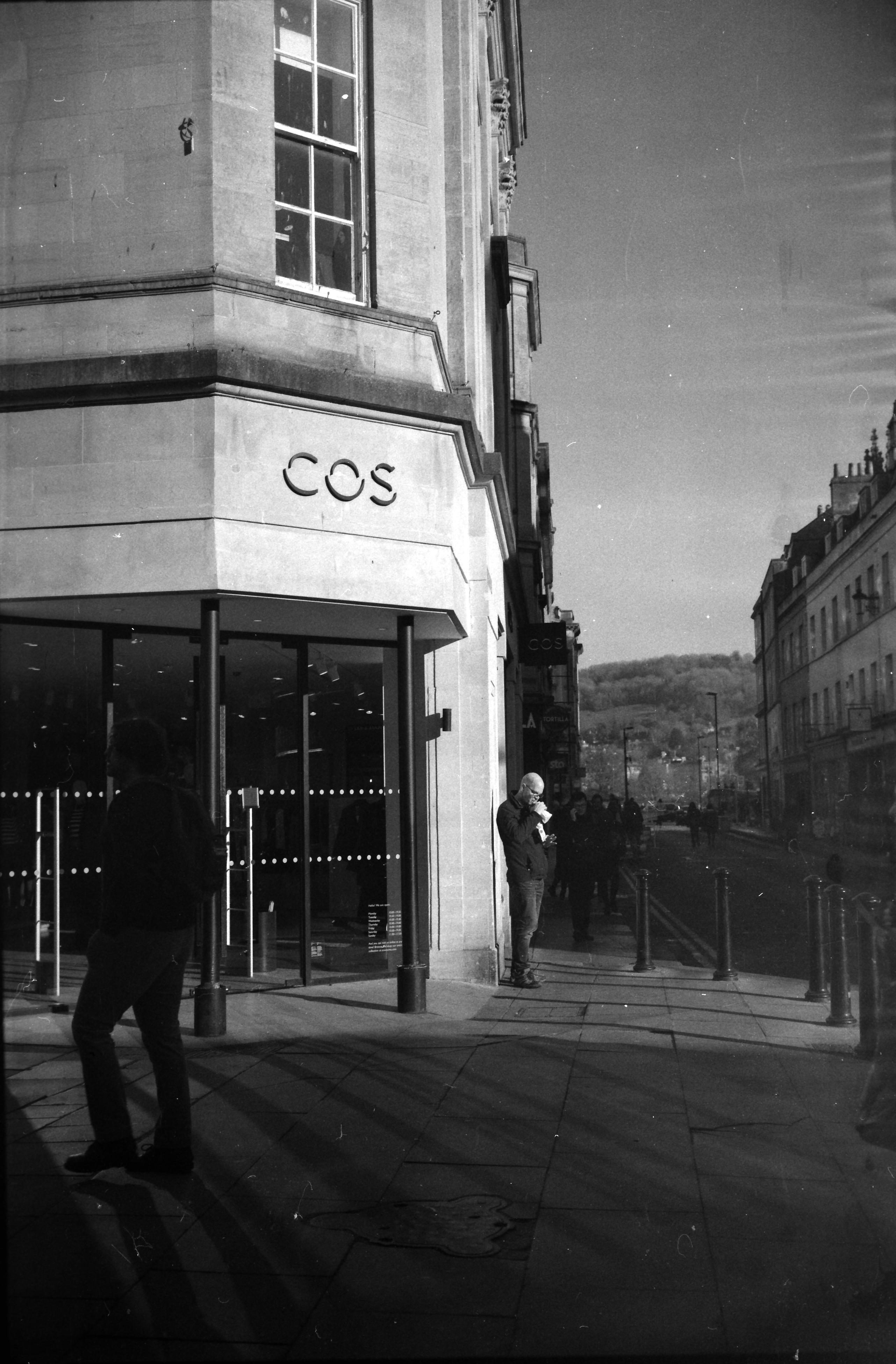
✅ You want massive negatives: Its huge 6x9cm negatives draw out the best possible details in any shot leading to massive resolution when either scanned or digitized.
✅ You love film cameras: This is an amazing film camera and provides the best film-to-rangefinder experience in the medium format world.
❌ You want to shoot at different focal lengths: With a fixed 90mm f/3.5 lens (50mm equiv in 35mm terms) you can be limited on what you can shoot - no 28mm here!
❌ You're on a budget: it costs you a whole lot of film. Its massive 6x9cm negatives only gives you 8 shots per 120 roll - which can get very expensive if shooting color!
If you're seeking an exceptional rangefinder experience with the ability to shoot the largest medium format film negative of 6x9, the Fuji GW690 is the ideal camera for you.
While you'll get fewer exposures per roll (typically 8) due to the 6x9 image size, the extra-large negatives and transparencies provide remarkable detail and clarity in your photographs.
The sheer size of the negatives allows for impressive enlargements and a level of sharpness and depth that smaller formats simply can't match. This makes the GW690 a fantastic choice for landscape, portrait, and fine art photographers who demand the highest quality from their film images.
Available only on the second-hand market, the GW690 and its successors are no-frills, fixed-lens, manual exposure rangefinder cameras that deliver massive images in a relatively portable package.
Its simplicity is one of its greatest strengths - there are no unnecessary features to distract you from the pure photographic process. The camera’s fixed 90mm lens is renowned for its sharpness and excellent optical performance, ensuring that every shot is rendered with stunning precision.
Often dubbed the 'Texas Leica' due to its large size and rangefinder focusing, the GW690 produces uniquely stunning images, making it a standout choice for serious photographers. Despite its nickname, the camera is surprisingly manageable in the field, striking a balance between the portability of smaller cameras and the superior image quality of larger formats.
This blend of quality and usability has earned the Fuji GW690 family of cameras a dedicated following among medium format enthusiasts who appreciate its ability to capture breathtaking images with a straightforward, reliable tool.
| Header Cell - Column 0 | Notes | Score |
|---|---|---|
Features | Massive 6x9cm negatives, fully mechanical camera | 4 / 5 |
Build & handling | Built out of metal and heavy duty plastiv this camera is built like a tank | 5 / 5 |
Performance | with its fixed 95mm f/3.5 lens and 6x9 negatives you can be sure to pull the highest resolution out of any image | 4 / 5 |
Value | For its price on the second hand market you are getting great value or money | 5 / 5 |
Final thoughts
The Fujifilm GW690 is a cult classic for good reason – a medium format rangefinder that delivers staggering detail thanks to its huge 6x9 negatives. With no meter, no automation, and a fixed 90mm lens, it forces you to work deliberately, but rewards you with images that rival large format in quality. It’s big, clunky, and unapologetically mechanical – yet there’s a certain magic to its simplicity. For those willing to carry the weight and embrace the process, the GW690 offers one of the most satisfying analogue shooting experiences around.
Used Fuji GW690 deals on eBay.com
Used Fuji GW690 deals on eBay.co.uk
Best digital/analog experience
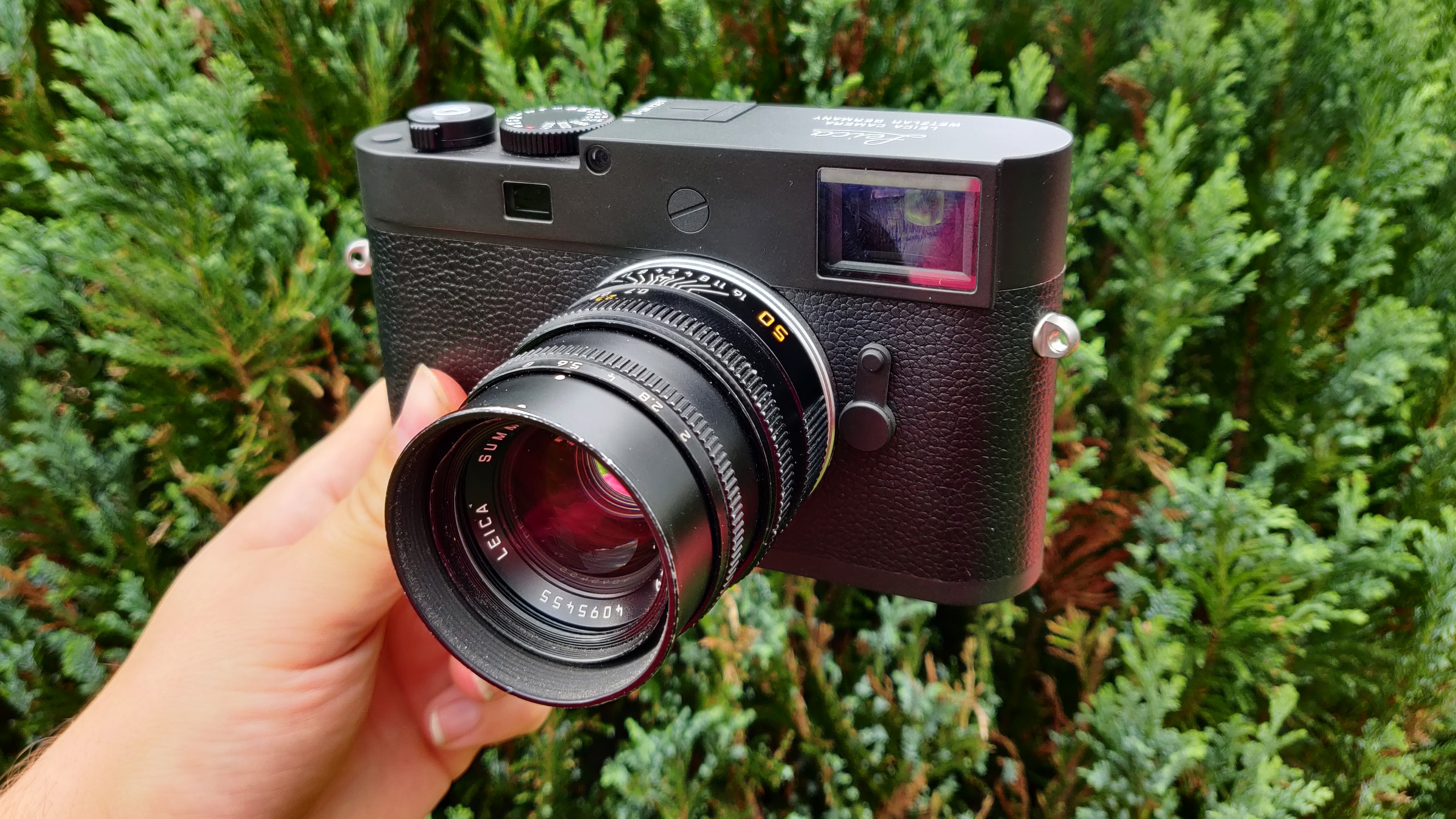
Specifications
Reasons to buy
Reasons to avoid
Sample images
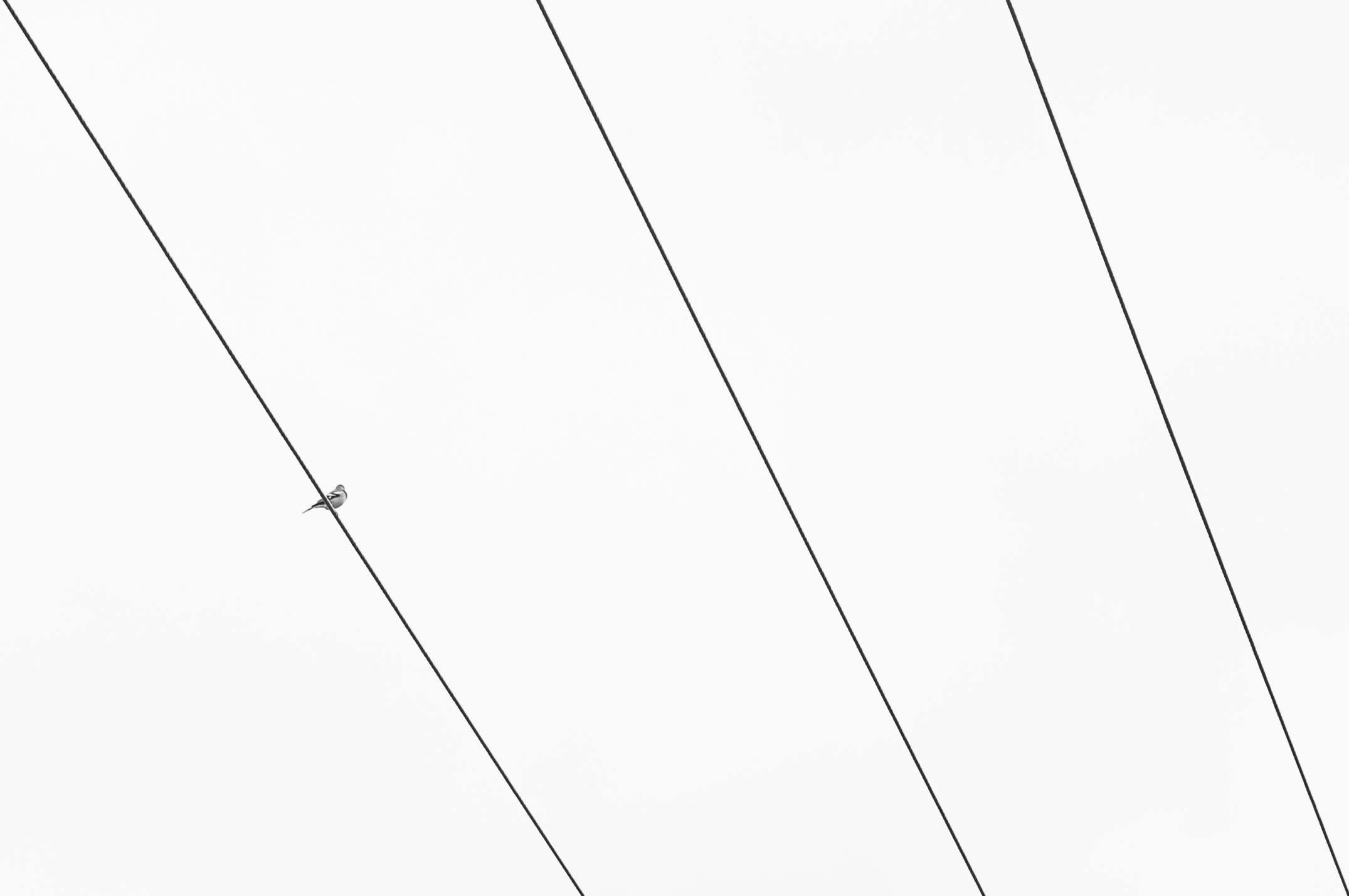
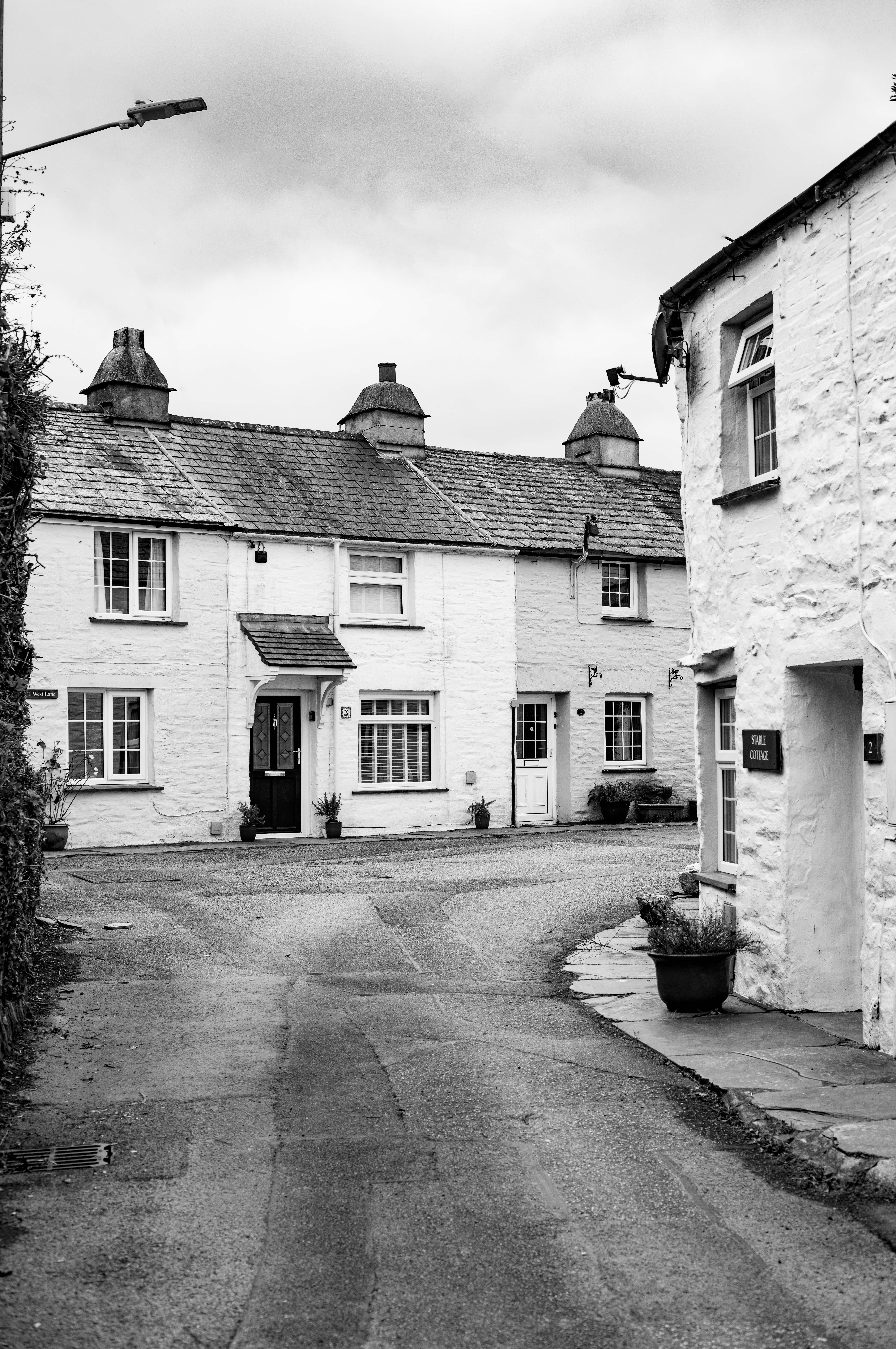
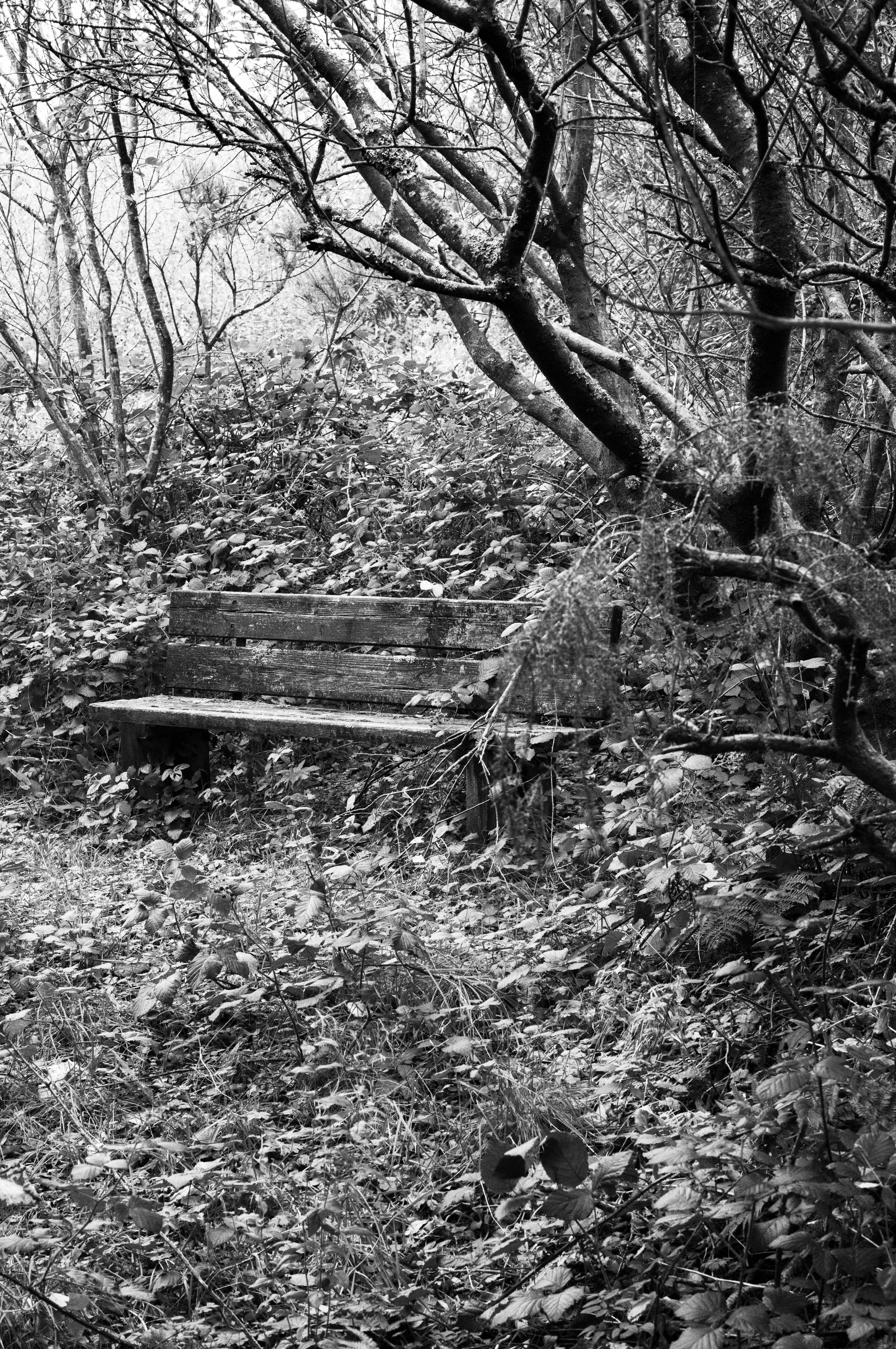
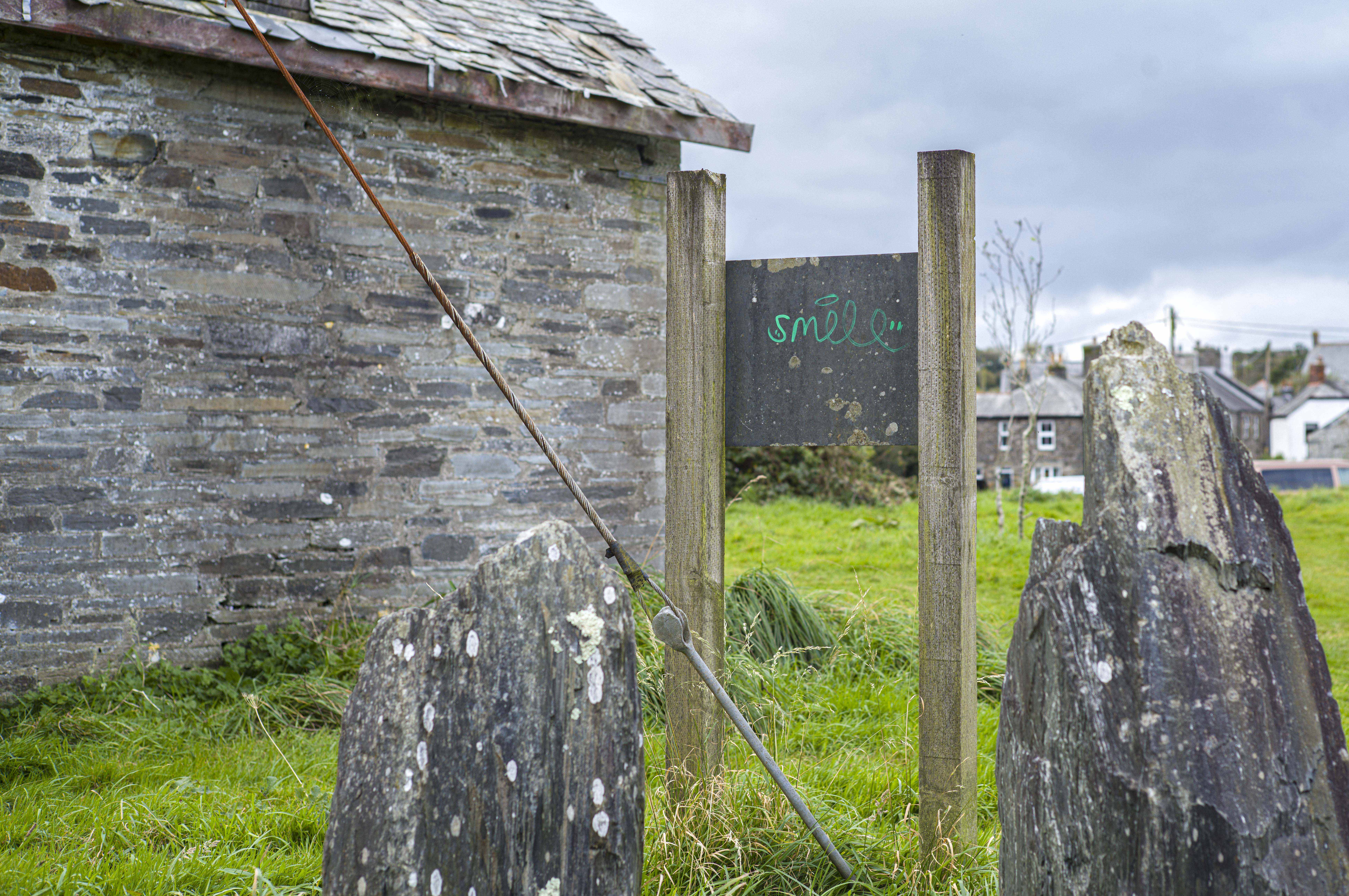
✅ You want an "analog experience": With the rear LCD removed you get a true feeling of shooting a film camera, but with the convenience of digital files
✅ You want to be unique: The M11-D is as unique and "unusual" as it gets with any camera, but its style speaks wonders!
❌ You want an LCD: The lack of a rear screen does make changing internal settings more tricky
❌ You don't want to use your phone: The M11-D relies on a phone and the Leica Fotos app to preview images, and this step could be a hassle for some users
The Leica M11-D is more than just a variation within the M11 lineup—it’s a bold declaration of intent. In an era where digital cameras are loaded with features catering to instant gratification, the M11-D invites photographers to slow down and fully engage with the craft of photography.
By removing the rear LCD screen, Leica challenges you to rely on intuition and skill, reminiscent of the experience of shooting with classic film cameras. This deliberate design fosters an immersive connection to the process, emphasizing the art of capturing the moment over instant playback or digital conveniences.
Leica also breaks new ground with the M11-D by incorporating content credentials through the Content Authenticity Initiative (CAI). This innovative feature highlights the brand’s commitment to ensuring image authenticity in a world increasingly influenced by AI and digital manipulation, paving the way for a future where trust in imagery is vital.
The M11-D isn’t for everyone. It’s not designed for those who value convenience, speed, or immediate feedback. But for purists who embrace a thoughtful, deliberate approach to photography, it represents a profound and inspiring tool—a dream realized.
Read our full Leica M11-D review for more details
Features | ISO-dial replaces LCD Screen, 60-megapixesl, 256GB internal memory, Leica red dot removed, connectivity to Leica FOTOS app | 5 / 5 |
Build & handling | Sturdy construction with subtle aesthetic tweaks for a more discreet, street-friendly look offering a true analog experience | 5 / 5 |
Performance | Same as Leica M11-P - versatile choice between 60, 36, and 18MP images all using the full sensor, great connectivity through Leica app | 4.5 / 5 |
Value | It is pricey - but I think its worth every penny with you want a true analog experience in the digital age | 4 / 5 |
Final thoughts
The Leica M11-D is digital minimalism at its finest – a camera that hides its tech behind a film-like exterior, removing the rear screen entirely in favour of pure, uninterrupted photography. It’s designed for those who want the image quality and performance of the M11, but without the digital distractions.
With its discreet styling, analogue-inspired ISO dial, and robust build, the M11-D encourages you to shoot with purpose and trust your instincts. It’s not just a nod to the past – it’s a bold reimagining of what digital photography can be when you put the experience first.
FAQs
What's the best Leica camera
There’s no single Leica that can be called “the best” – it all comes down to the type of photographer you are and the experience you’re looking for. Suppose you want a purely mechanical connection to your craft. In that case, the Leica M-A is as authentic as it gets: a manual 35mm film rangefinder with no electronics, no meter, and no distractions – just you, light, and composition.
For black-and-white specialists, the Leica M11 Monochrom delivers unmatched tonal depth and resolution with its 60MP monochrome-only sensor. If your priority is cutting-edge digital performance, the Leica M11-P refines the standard M11 with discreet styling and content authentication tools. And for those who enjoy digital with an analogue feel, the Leica M11-D strips away the rear screen for a more film-like, immersive approach.
In the end, the best Leica is the one that fits your way of seeing and working. Film or digital, colour or monochrome, stripped-back or feature-rich – there’s a Leica that aligns with every photographer’s rhythm.
How does a rangefinder work?
The focusing mechanism of a rangefinder camera is unlike anything else on the market, offering a unique and precise way to achieve sharp images. Instead of relying on autofocus or through-the-lens viewing, a rangefinder allows the photographer to measure subject distance manually with remarkable accuracy.
Most rangefinders display a split-image system, where two overlapping images of the subject appear in the viewfinder. As you turn the focus ring on the lens, one of these images shifts. When the two align perfectly and merge into a single image, the subject is in focus—ensuring crisp, pin-sharp results with minimal effort once the technique is mastered.
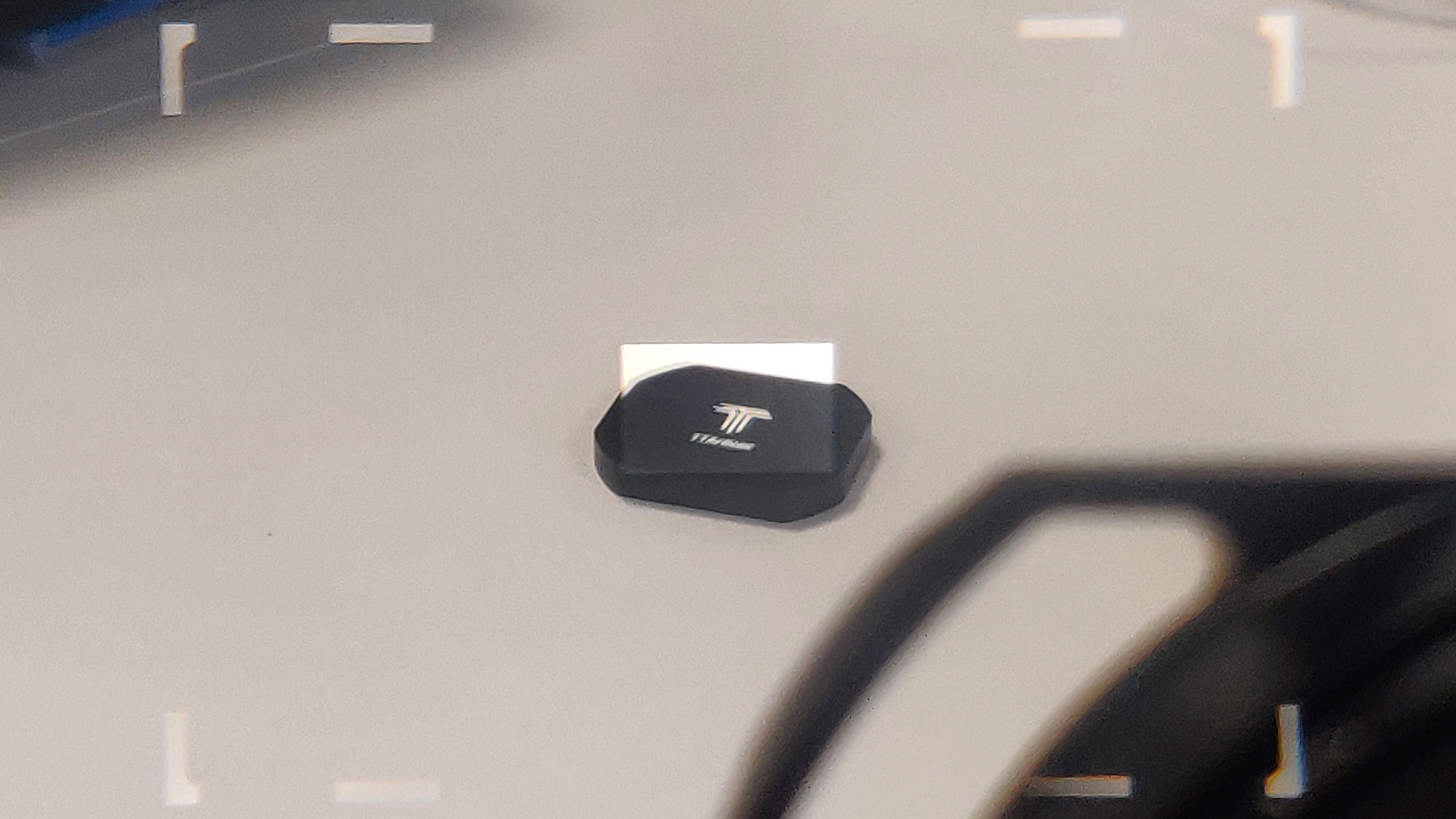
Most rangefinders display a set of frame lines for specific focal lengths, surrounded by extra space that lets you see what’s happening just outside your composition. It’s a subtle but powerful advantage - especially on the street, where moments develop quickly and often just beyond the edges of your frame.
That said, there’s a key quirk to be aware of, especially with film rangefinders like the Leica M-series or older Mamiya models: the viewfinder is separate from the lens. You’re not looking through the glass as you would with an SLR or mirrorless camera. There’s no optical cue if your lens cap is still on - so yes, it’s entirely possible to shoot an entire roll of film in blissful ignorance, only to discover later that every frame is blank.
It’s a rite of passage for many, myself included. Digital rangefinders like Fujifilm’s models will flag the issue straight away via the screen or EVF, but either way, it’s worth forming the habit of pocketing the cap before you start.
Once you’ve adapted to this and the more deliberate style of shooting, a rangefinder becomes more than just a camera - it becomes an extension of how you see. While they’re often associated with street work, they’re just as capable in landscapes, portraits, and travel.
Their cult following isn’t based on nostalgia alone. There’s a reason photographers keep coming back to them.
Do also check out our guides to the best Leica cameras and our rundown of the best Leica M lenses
The best camera deals, reviews, product advice, and unmissable photography news, direct to your inbox!
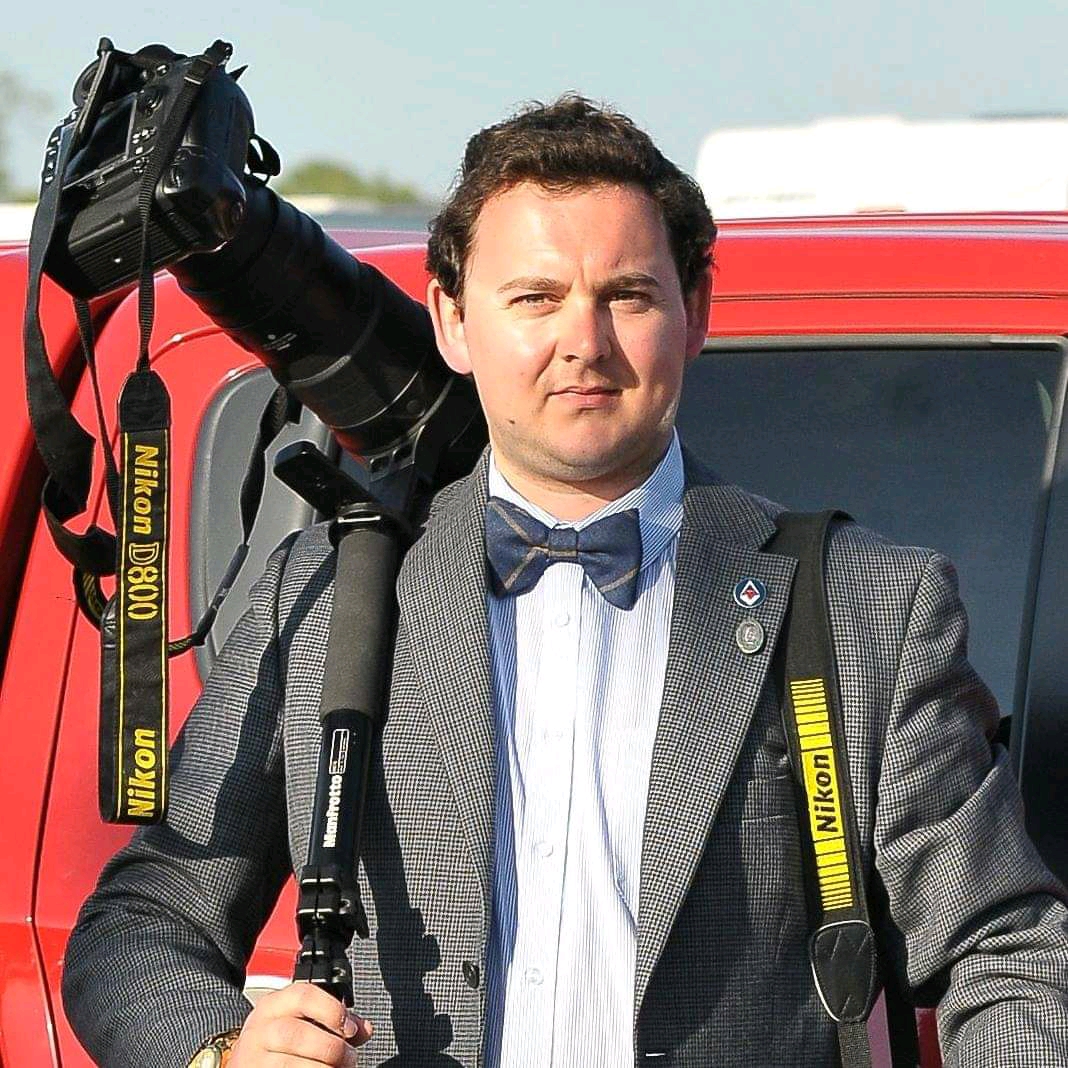
For nearly two decades Sebastian's work has been published internationally. Originally specializing in Equestrianism, his visuals have been used by the leading names in the equestrian industry such as The Fédération Equestre Internationale (FEI), The Jockey Club, Horse & Hound, and many more for various advertising campaigns, books, and pre/post-event highlights.
He is a Fellow of the Royal Society of Arts, holds a Foundation Degree in Equitation Science, and holds a Master of Arts in Publishing. He is a member of Nikon NPS and has been a Nikon user since his film days using a Nikon F5. He saw the digital transition with Nikon's D series cameras and is still, to this day, the youngest member to be elected into BEWA, the British Equestrian Writers' Association.
He is familiar with and shows great interest in 35mm, medium, and large-format photography, using products by Leica, Phase One, Hasselblad, Alpa, and Sinar. Sebastian has also used many cinema cameras from Sony, RED, ARRI, and everything in between. He now spends his spare time using his trusted Leica M-E or Leica M2, shooting Street/Documentary photography as he sees it, usually in Black and White.
